laundry
Solo exhibition in an institutional museum space, showcasing artworks born out of love for graphic design, abstractionism and graffiti. Made using fabrics, washing machine and acrylic paints around Galle, Sri Lanka.
Presented by Cafesjian Center of the Arts. Yerevan, AM
In terms of the diversity and stratification of visual language, humanity is at the peak of its history, with eyes constantly darting everywhere from smartphone screens to giant billboards. What do we see every day, what visual world do we live in, how it affects us, be it on a conscious, unconscious, or subconscious level?
In this context, urban art made an especially forceful entrance into our public vision during the 1970s and 1980s. Over the following decades, it underwent a dynamic and multi-branched evolution, transformedfrom vandalism into an accepted institutional art form, recognized within the museum environment, and even achieved commercial success.
In Armenia, urban art has gained significant momentum since the late 2000s, with a wide range of visual, technical, and conceptual content. These works often convey political, social, and aesthetic messages, making them an important local cultural phenomenon.
In recent years, Sergey Navasardyan (known for inventing the idea of yerevantropics, which eventually has become also his artistic nickname) has emerged as a prominent figure in Armenia's urban cultural scene. He is known for his unique style and has gained recognition both in Armenia and internationally. In addition to his artistic pursuits, Navasardyan founded the #kondgallery in 2018, which is an open-air public art space initiative located in one of Yerevan's oldest districts. The gallery has quickly become an important component of the city's visual cultural landscape.
Sergey Navasardyan's oeuvre feeds on contemporary global pop culture, incorporating a local interpretation of unique visual narratives, codes, and archetypes. In the perspective of postmodernism, his works often combine seemingly disparate elements, such as sneakers, Mount Ararat, and tropical palm trees. Sergey's visual language is also heavily influenced by Suprematism and geometric abstraction, giving his art a distinct style. In line with his nickname, Sergey often portrays Yerevan as a tropical paradise, where palm trees replace skyway poplars and the city is transformed into an utopian reality.
His work draws on Armenian socio-cultural visual codes and architecture. Specific words play a crucial role in Sergey's work, imbued with superlative power as they are taken out from everyday local slang and given a new meaning in the context of his art. These words appear in various sizes and settings throughout Armenia and abroad, often taking the form of stickers or monumental graffiti.
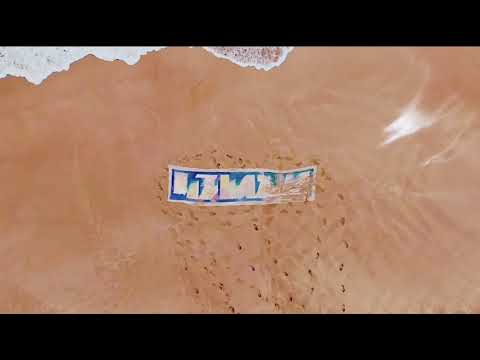
Sergey Navasardyan has been expanding his artistic horizons in recent years, moving from city walls to explore new media such as paper, cardboard, and canvas. Although street and its walls remain his favorite working field: "in general, it was the platform of my establishment as an artist from the beginning," he states. Despite this shift, his unique visual language remains largely unchanged. However, as Sergey moves away from the street, his art takes on more abstract forms, gradually becoming detached from reality.
Sergey Navasardyan's Laundry exhibition at the Cafesjian Center for the Arts represents his first major project in an institutional museum space, moving away from his usual urban environment. As the artist explains, the pieces featured in the Laundry show “reflect a period of artistic transition and experimentation, as I explore the intersection between design and art: a move towards absolute abstraction.”
The concept behind Laundry encompasses several topics. Sergey's "washing machine" is the artistic process he goes through, where he blends together his as an artist, graphic designer, fashion enthusiast, and urban and pop culture fan. The resulting mixture represents a unique symbiosis of these different elements, simultaneously purifying and fusing them together. Through the use of vast sheets, Sergey's work reflects the layers of experiences that have shaped him as an artist, yet the underlying narrative remains consistent – “a celebration of life, Yerevan, and the right to live and create”.
Ironically, despite his dream of a tropical Yerevan, Sergey created this series in Sri Lanka. While these new works share visual elements and stem from yerevantropics, they represent a fresh chapter in the artist's oeuvre; though some formal traces of Ararat, palm trees, or distorted depictions of the latter can be found, with some modifications. Yerevantropics not only represents Sergey's alter ego, but also his vision of a utopian world that he inhabits, and all his works are part of that discourse... for now, at least.
For the artist, the transition from street art to other mediums or museum spaces poses no contradiction, as he believes that "the museum space is an important element of urban culture.. It is merely one step from the streets to the museum."
Text by Armen Yesayants
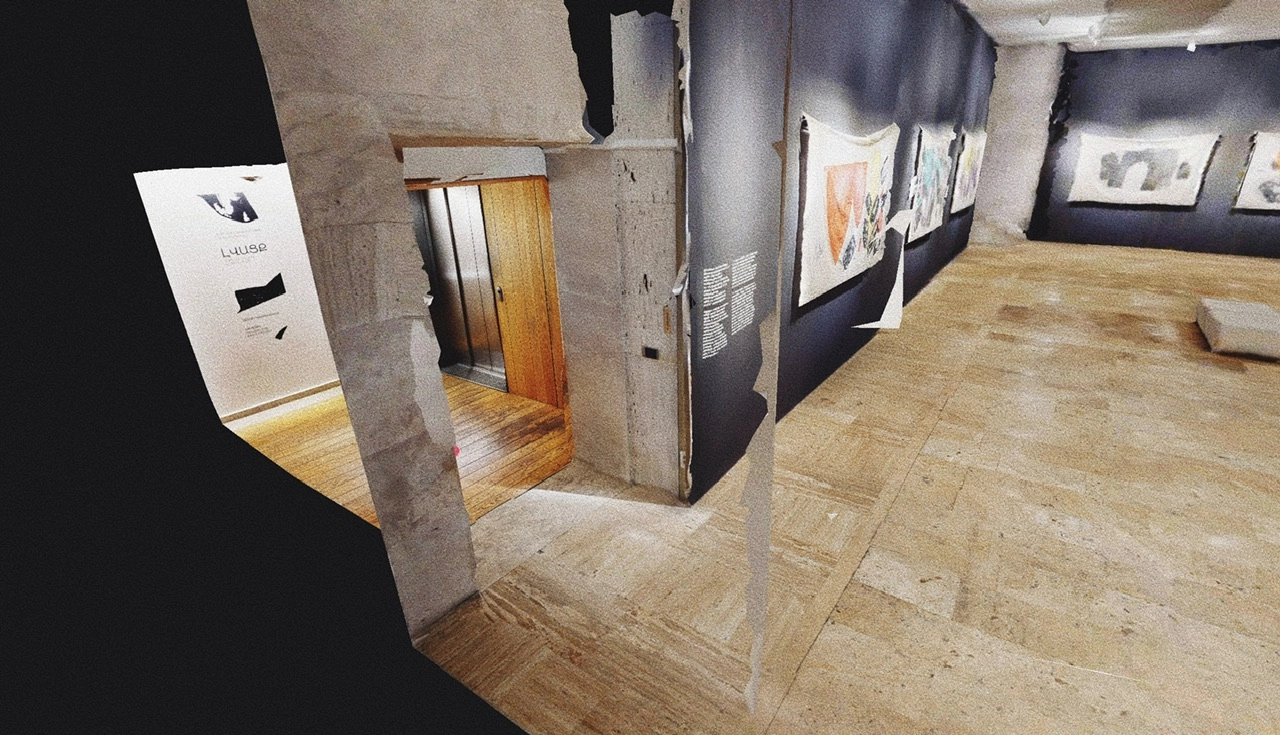
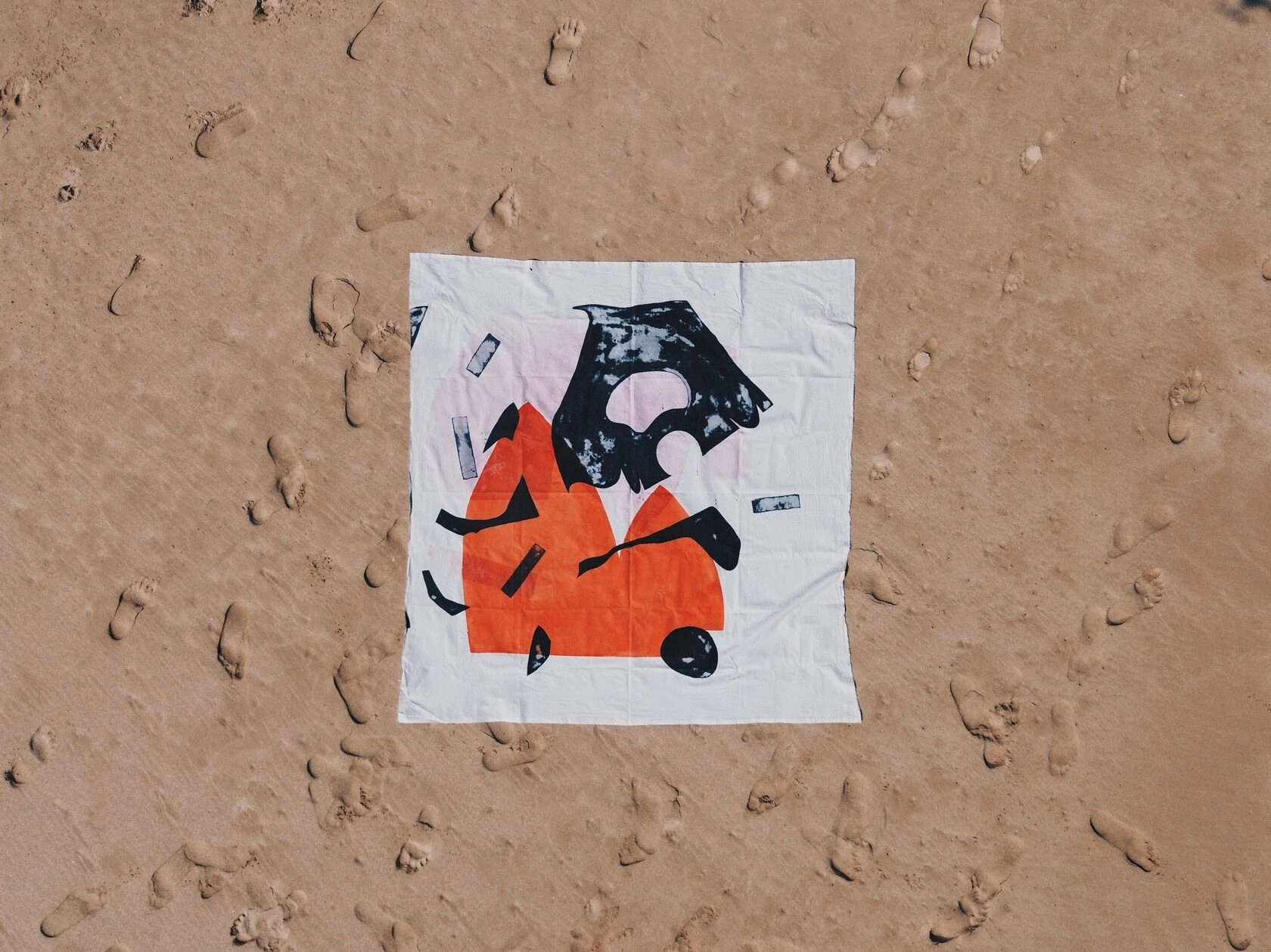
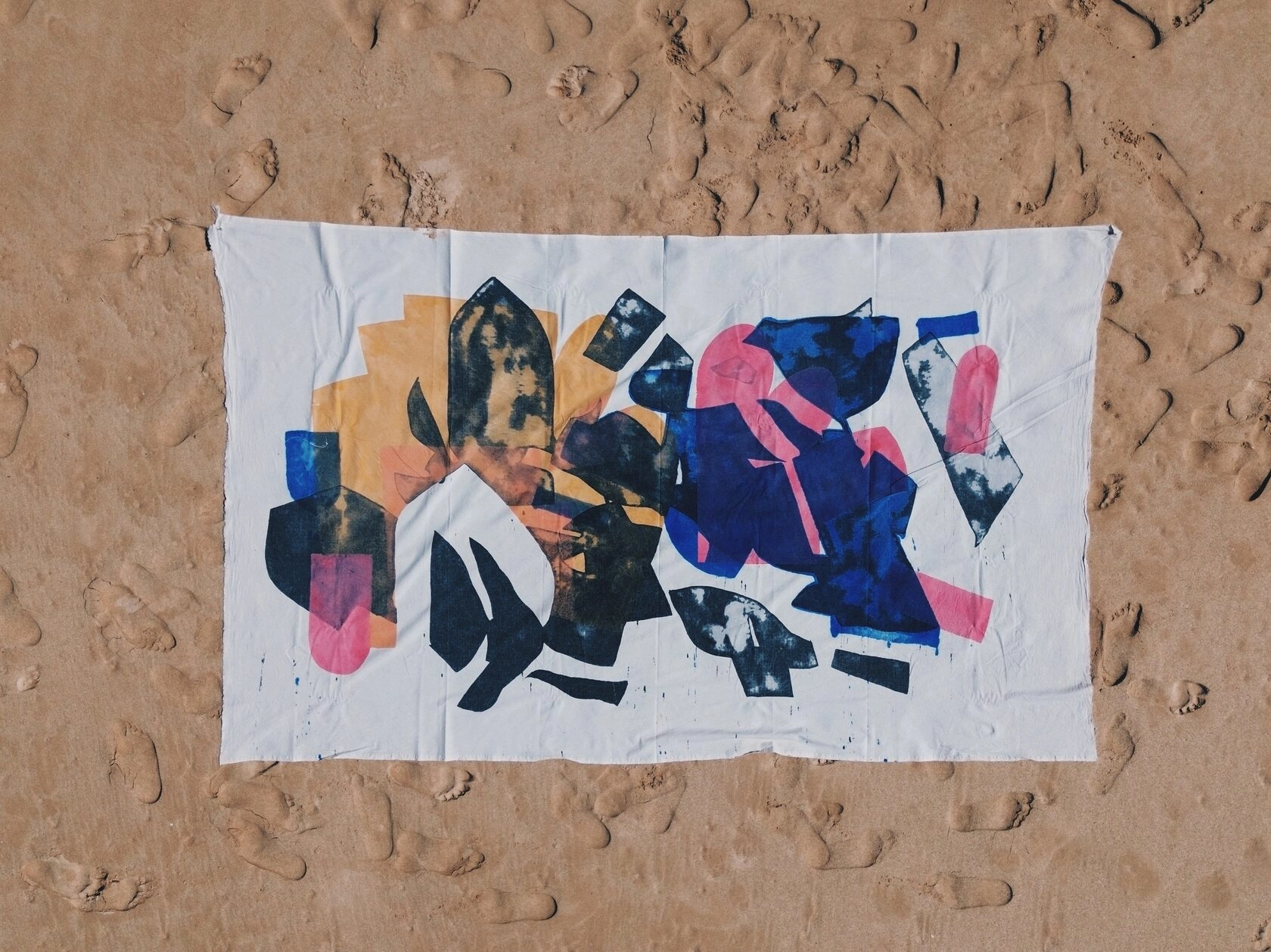
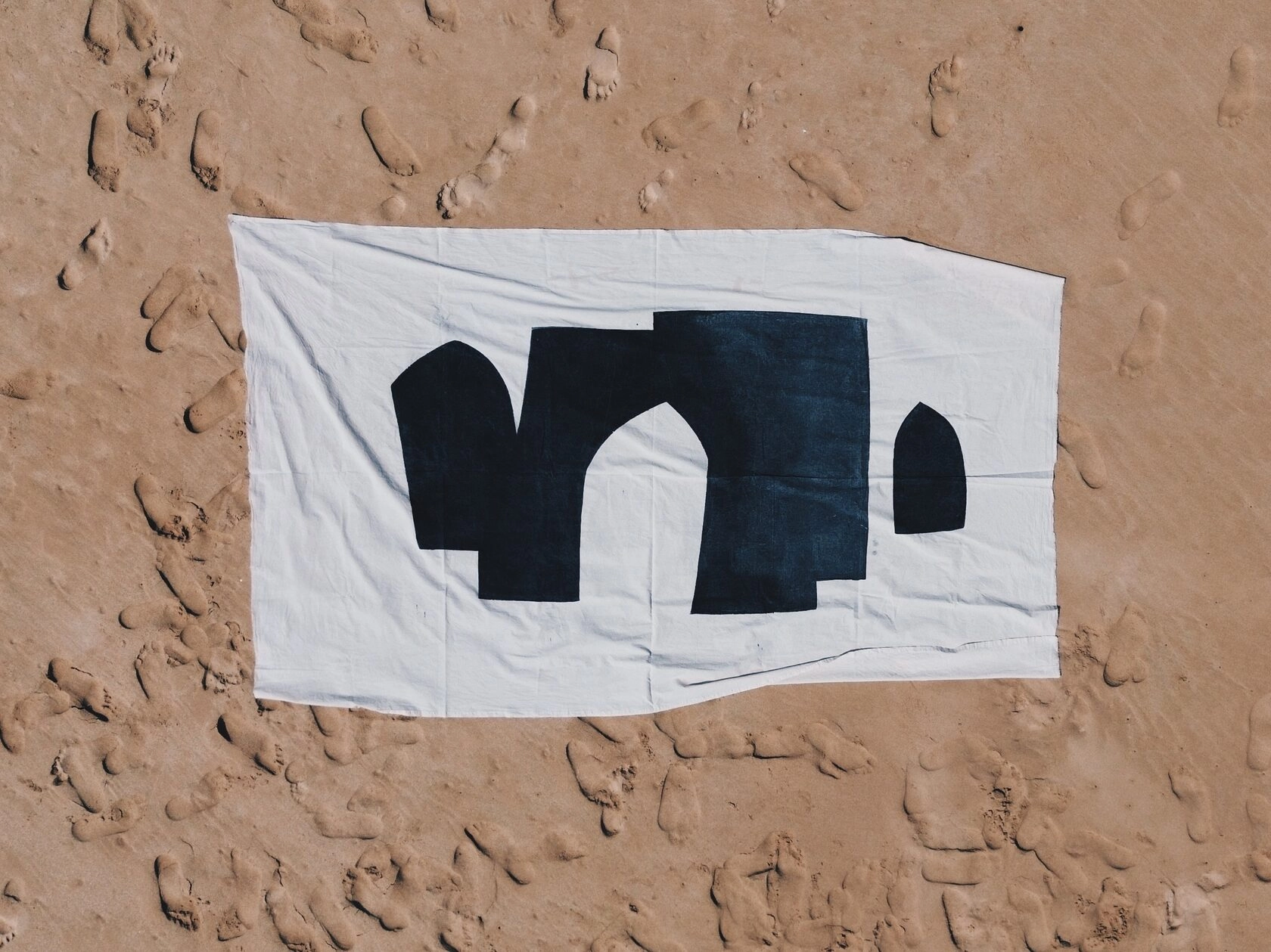
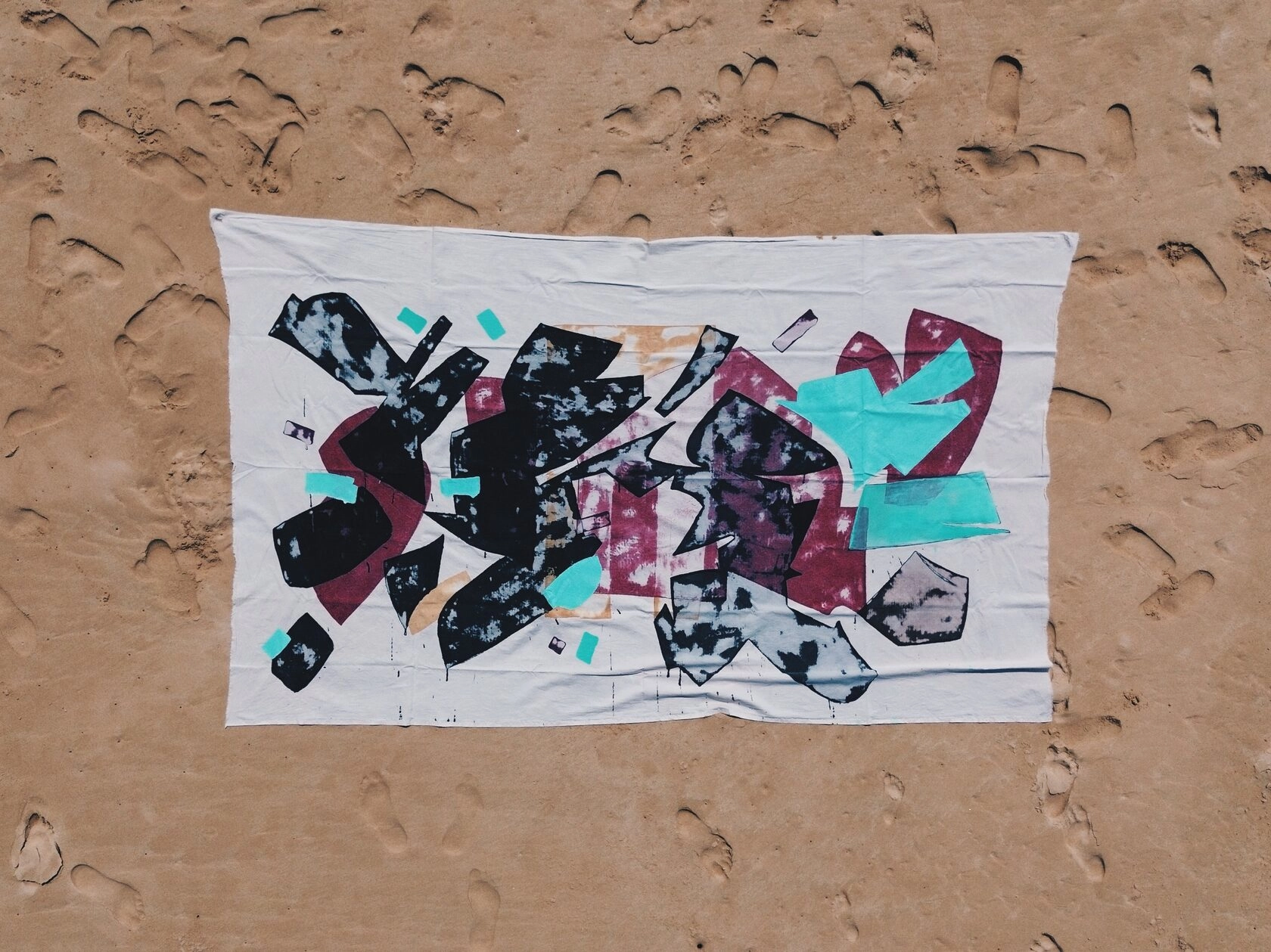
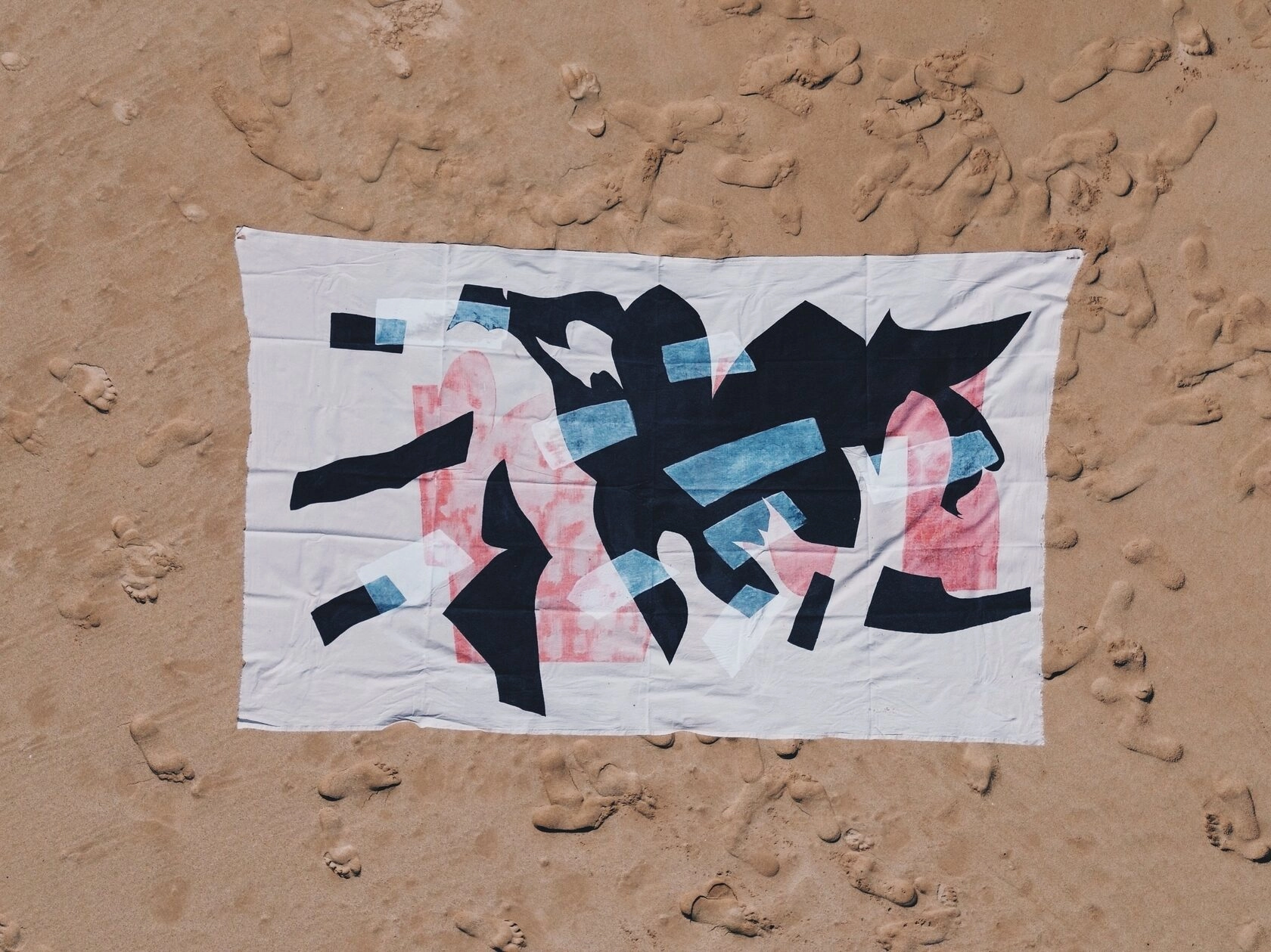
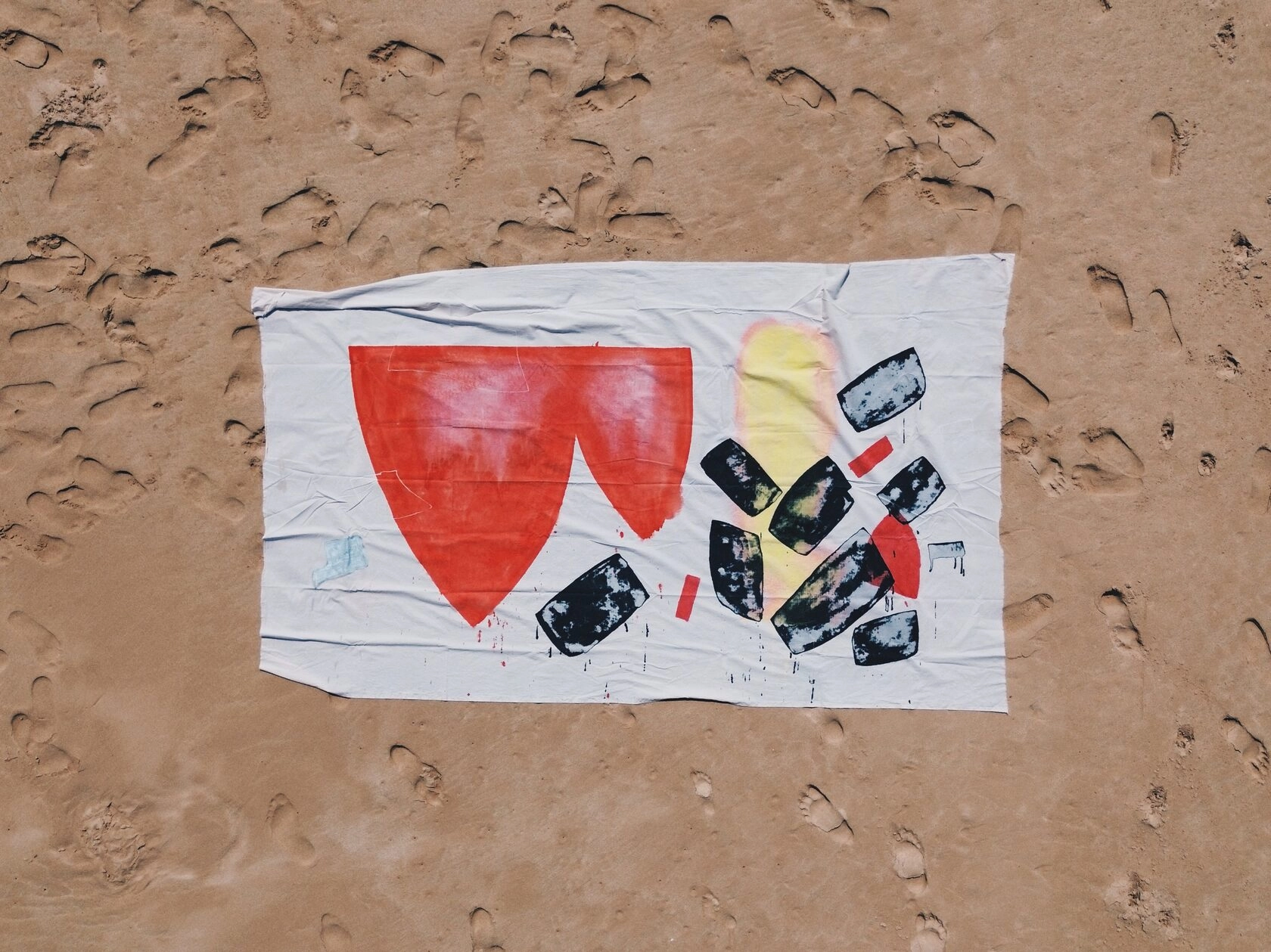
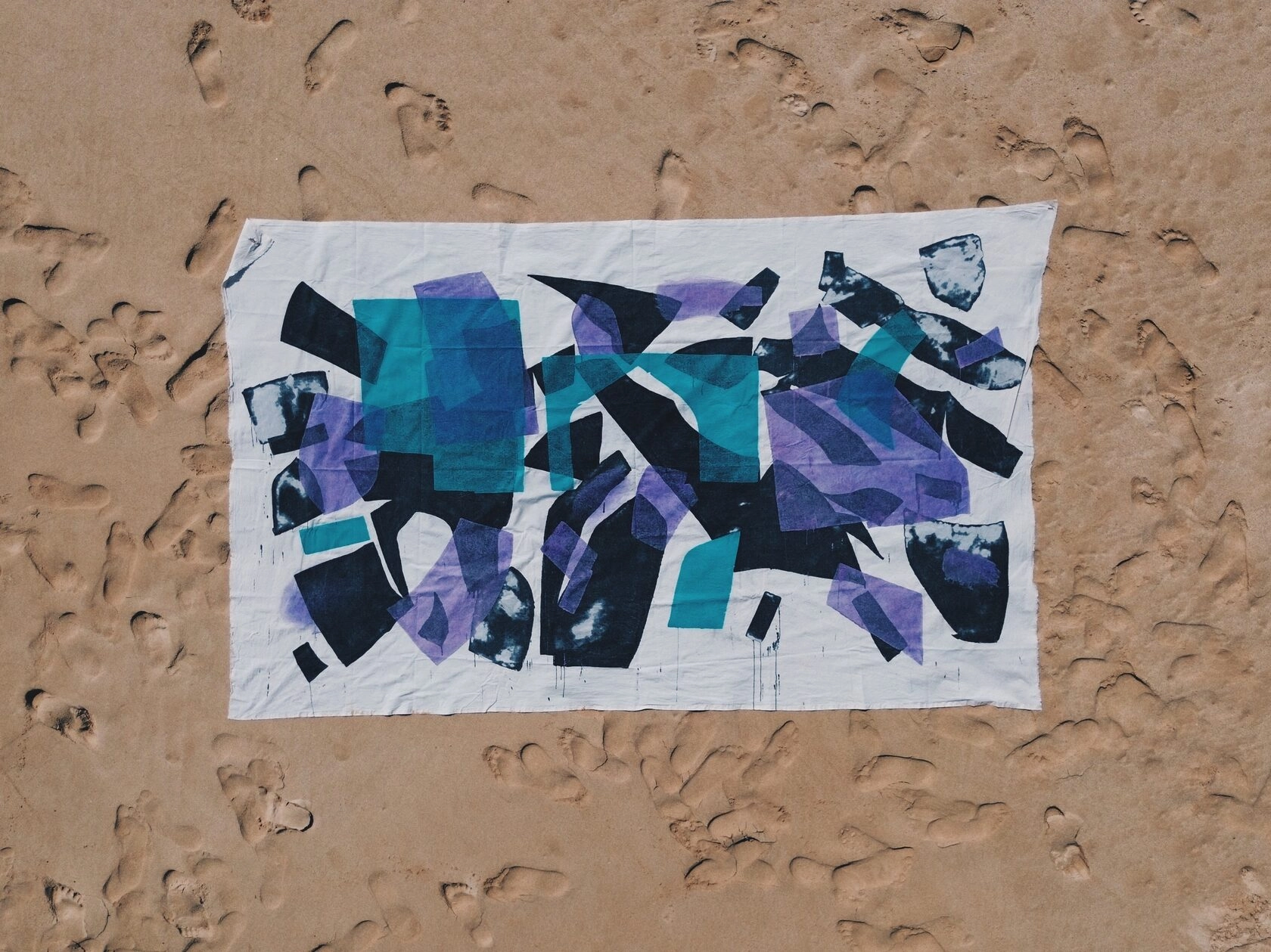
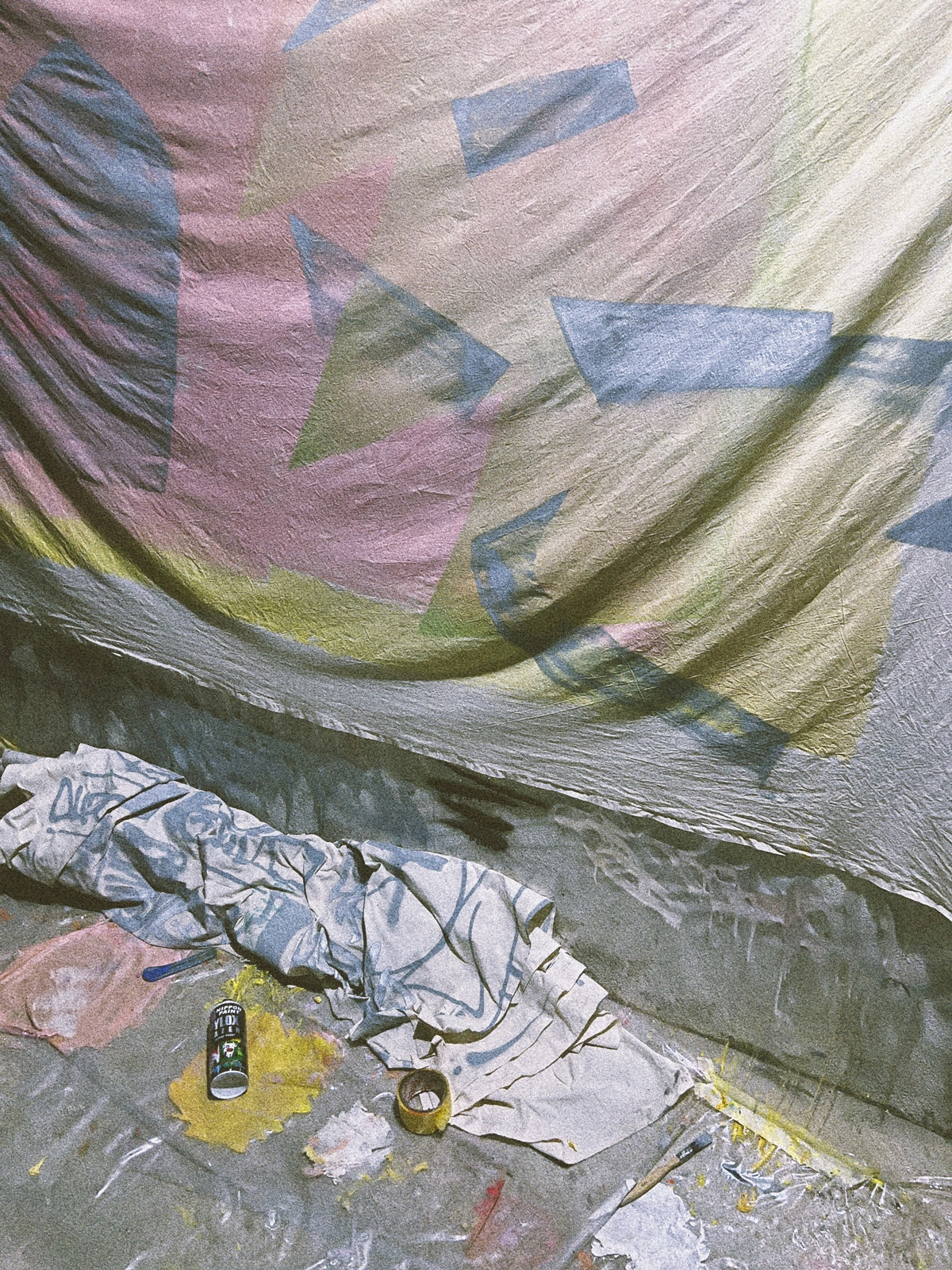
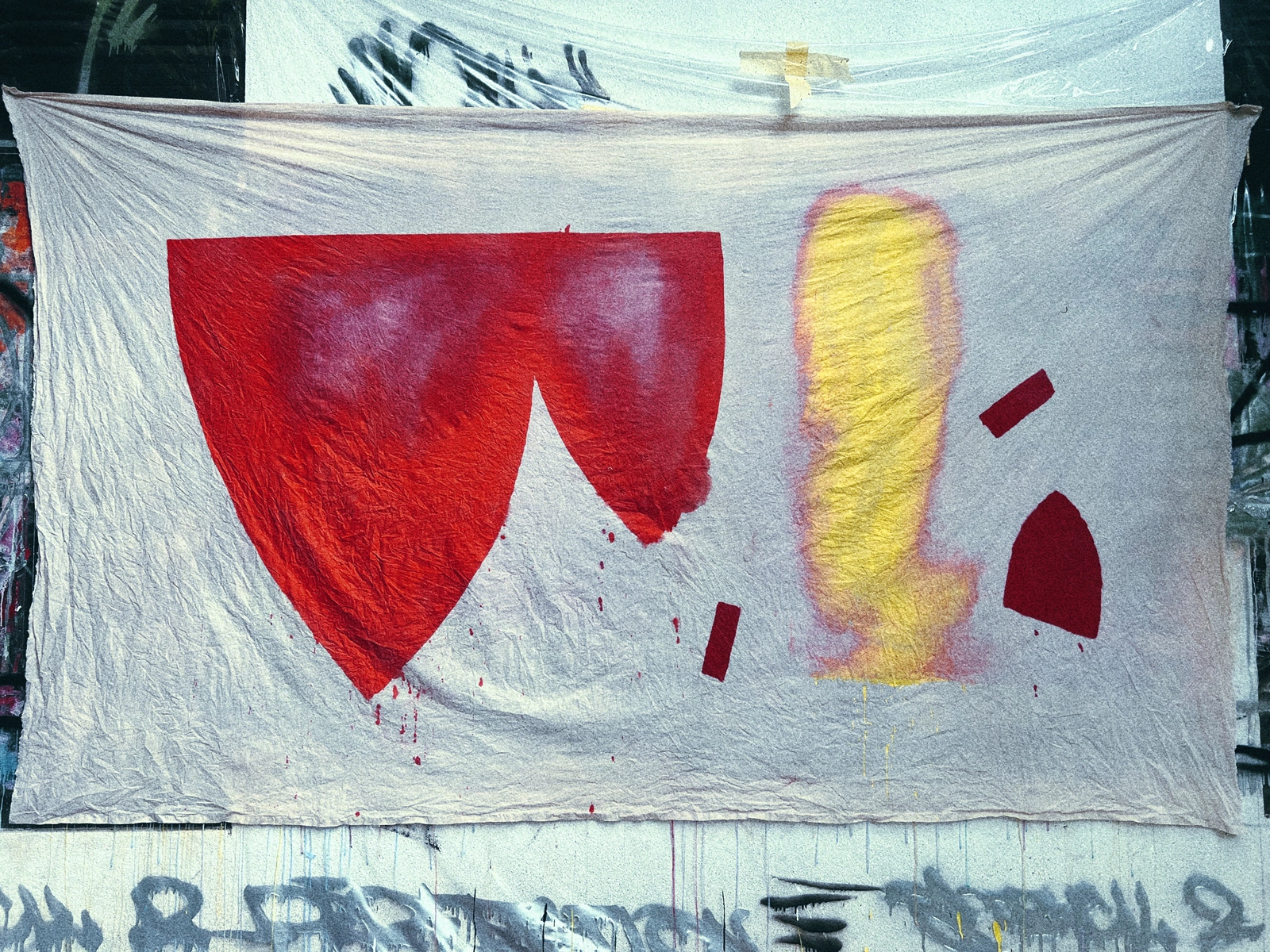
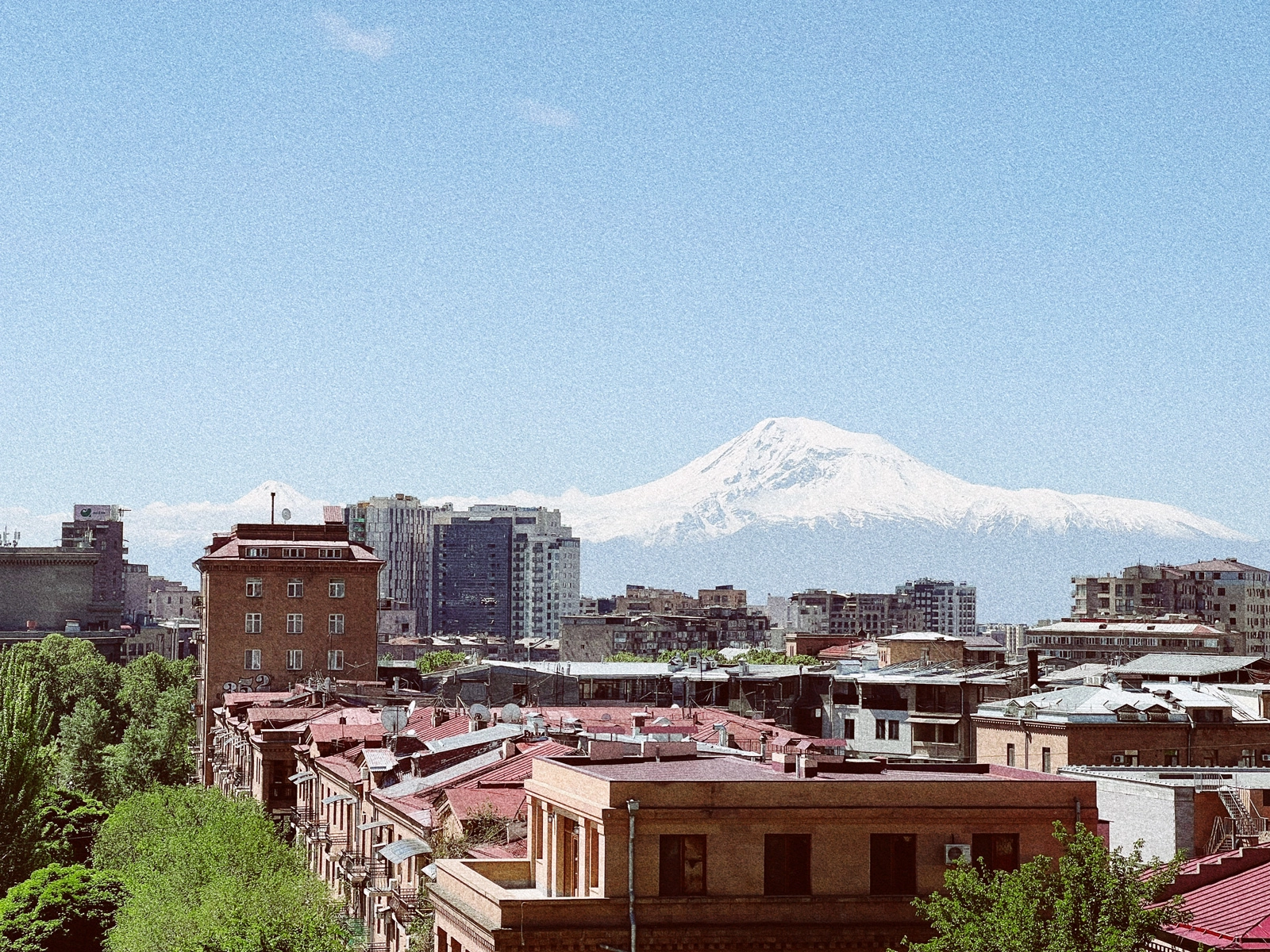
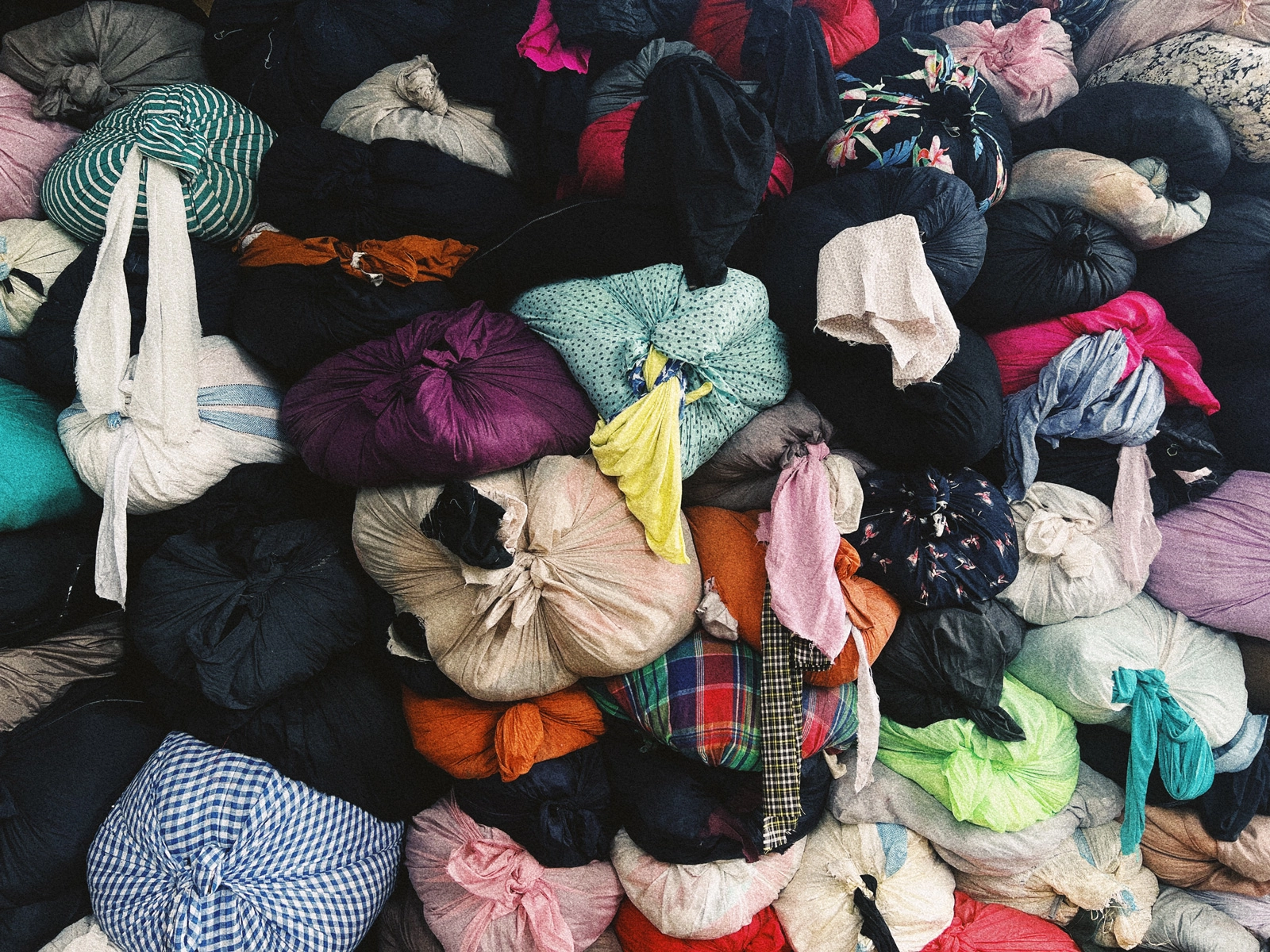
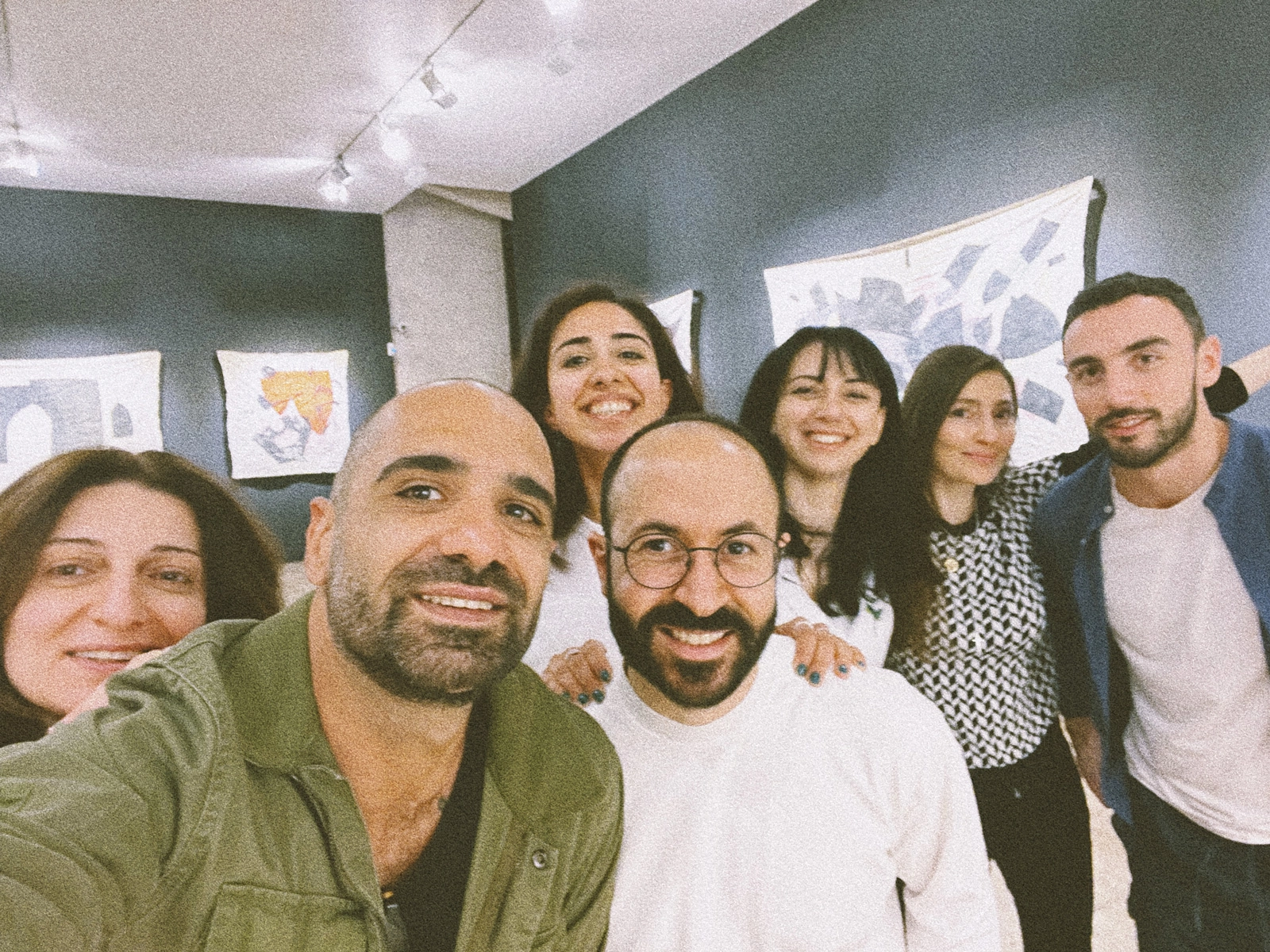
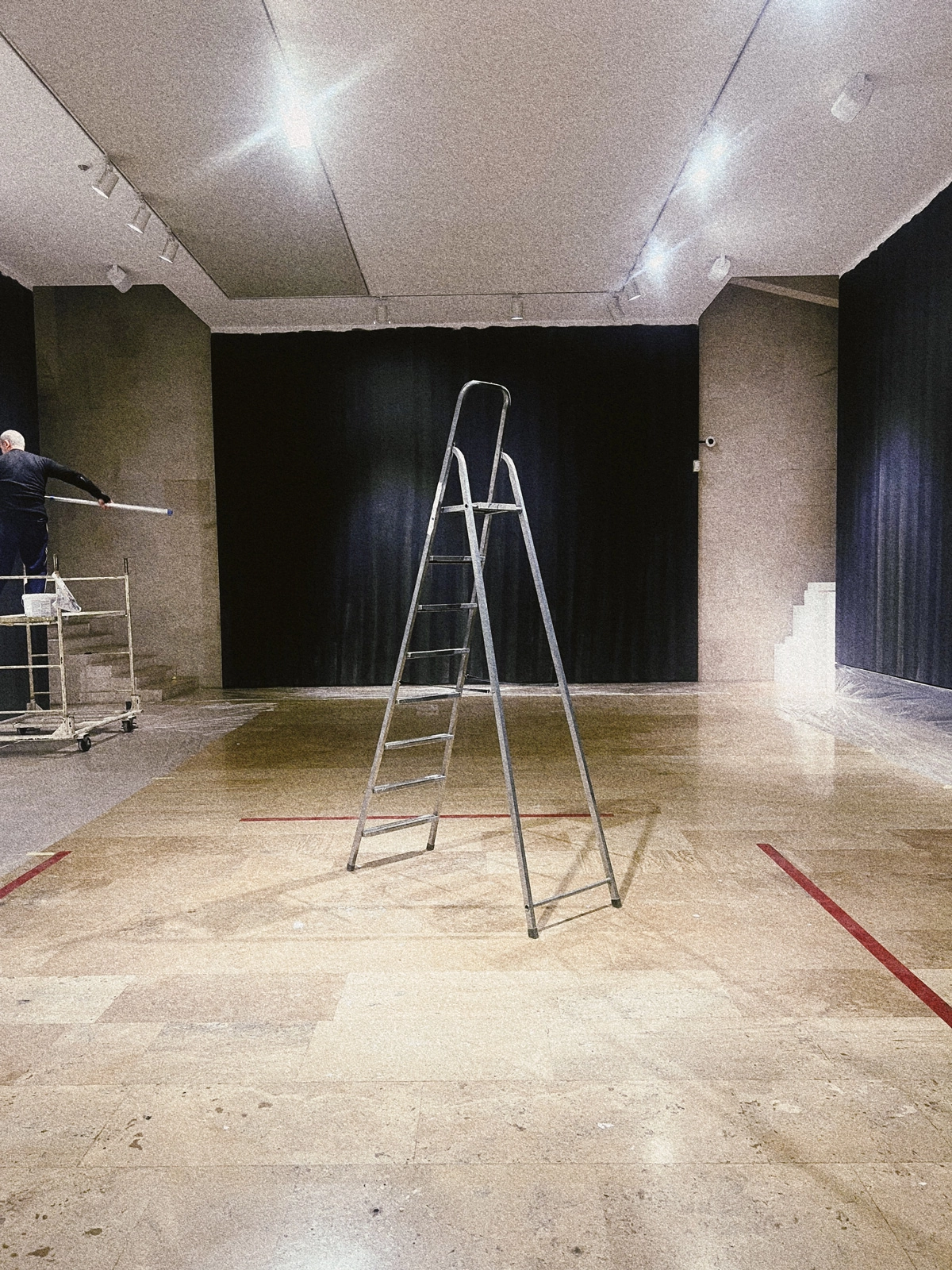
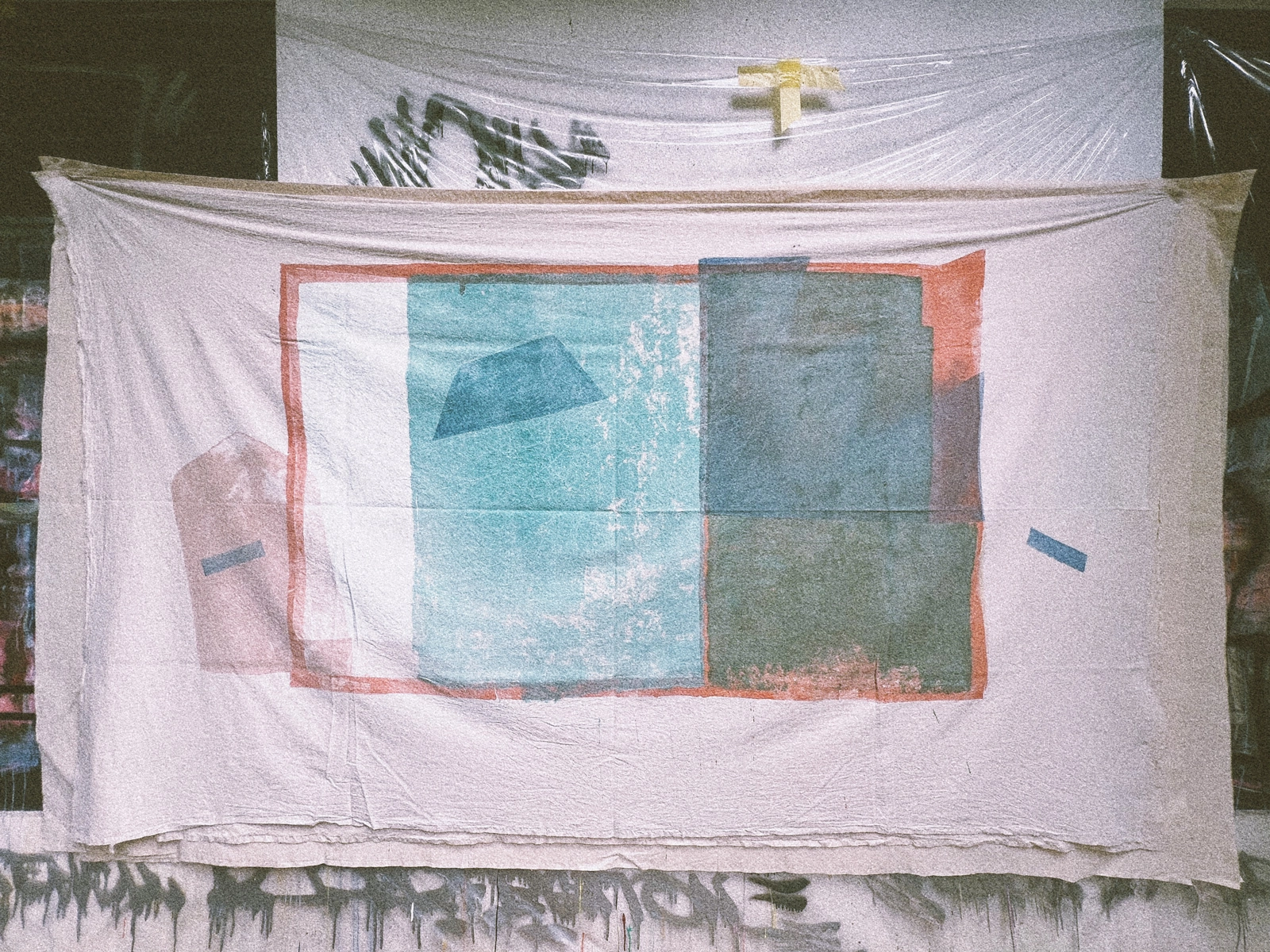
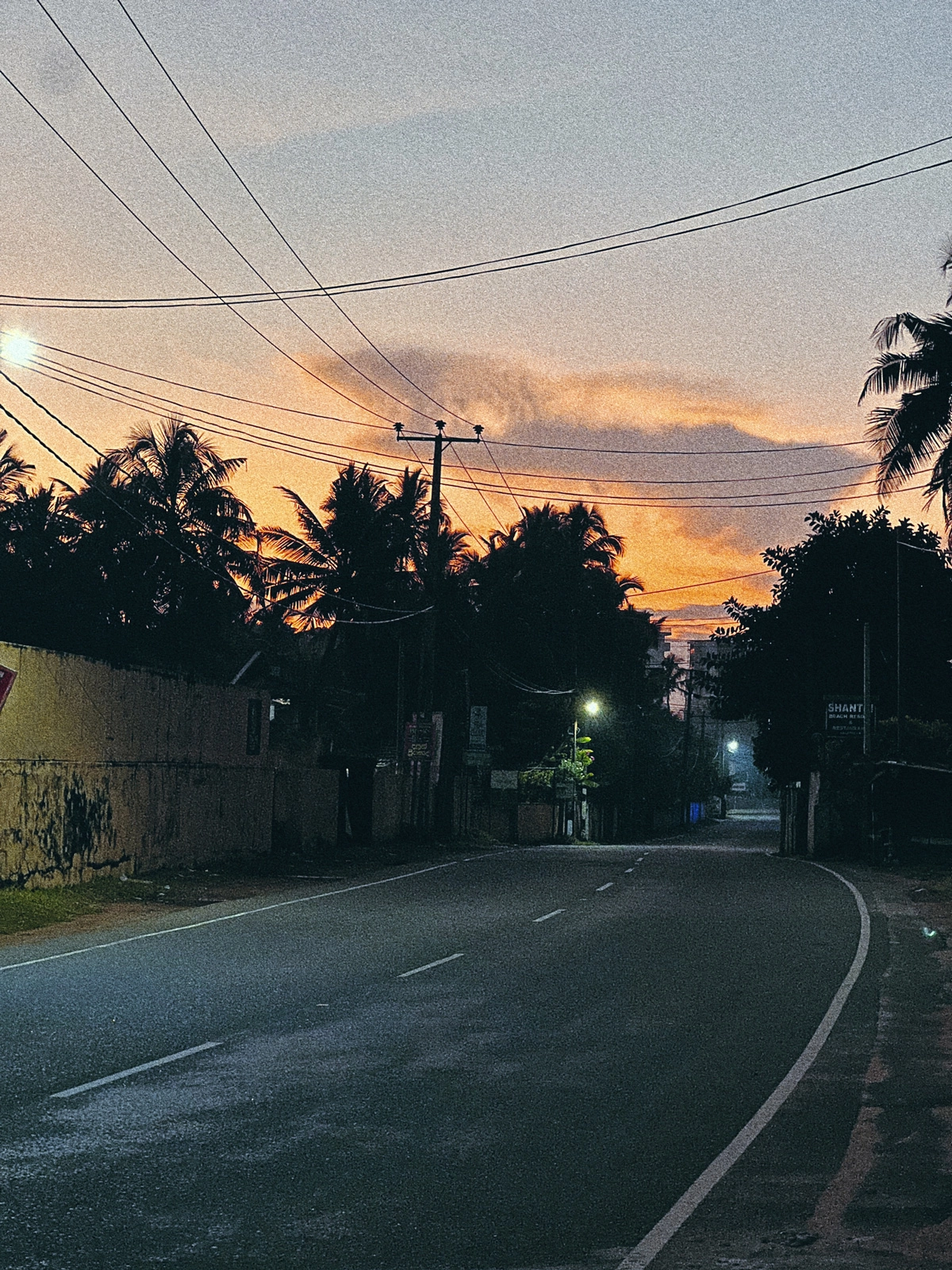
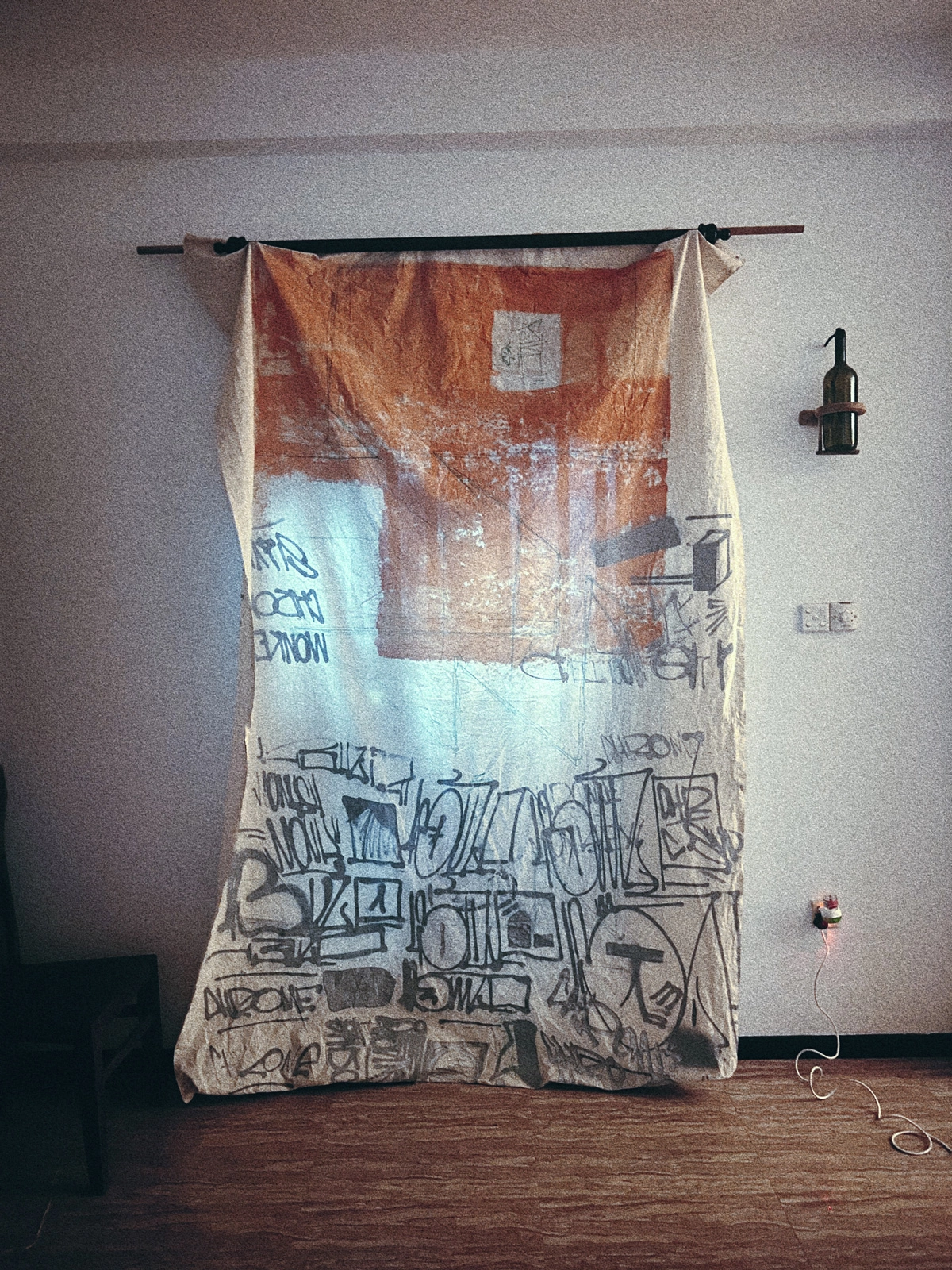
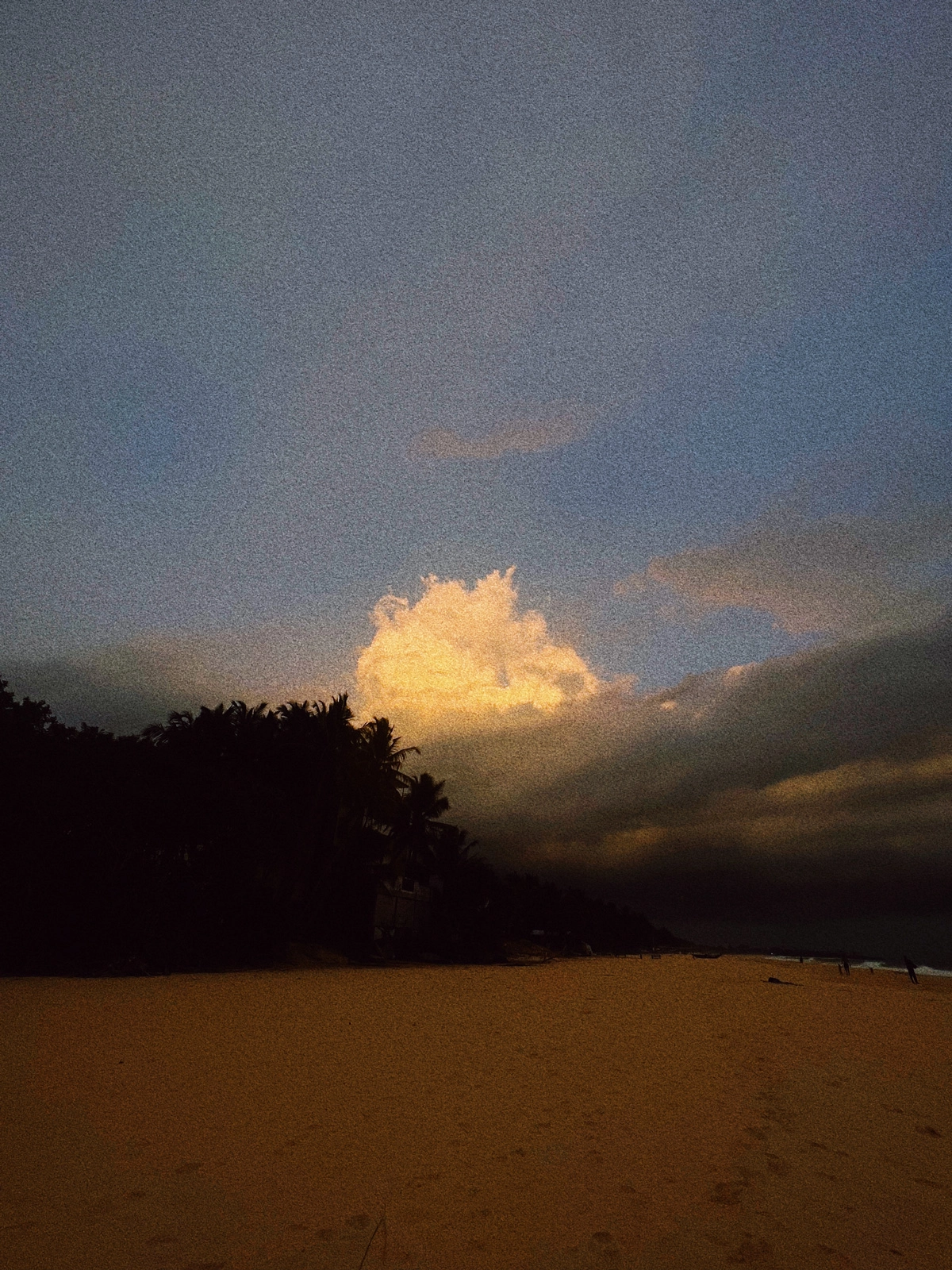
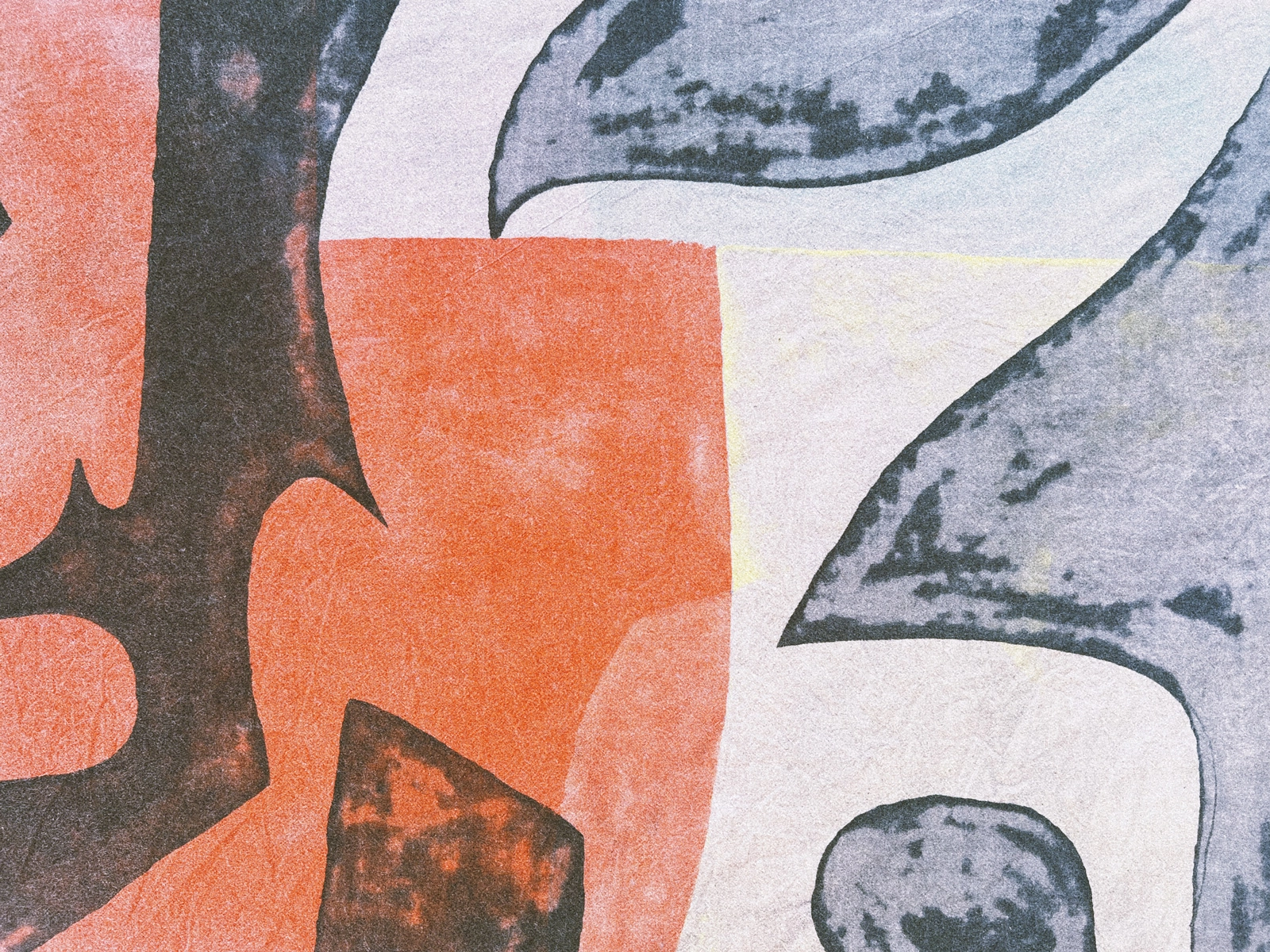
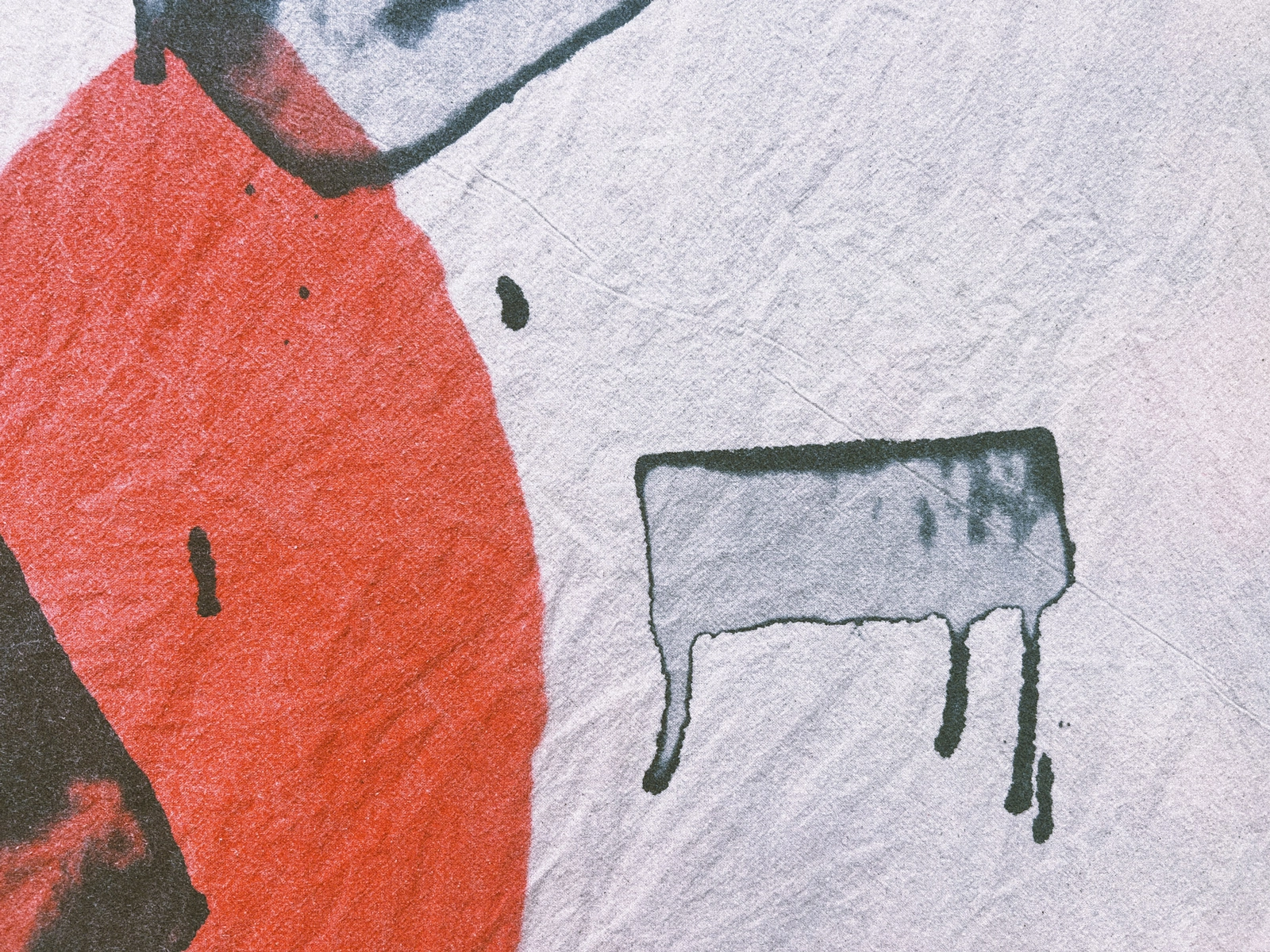

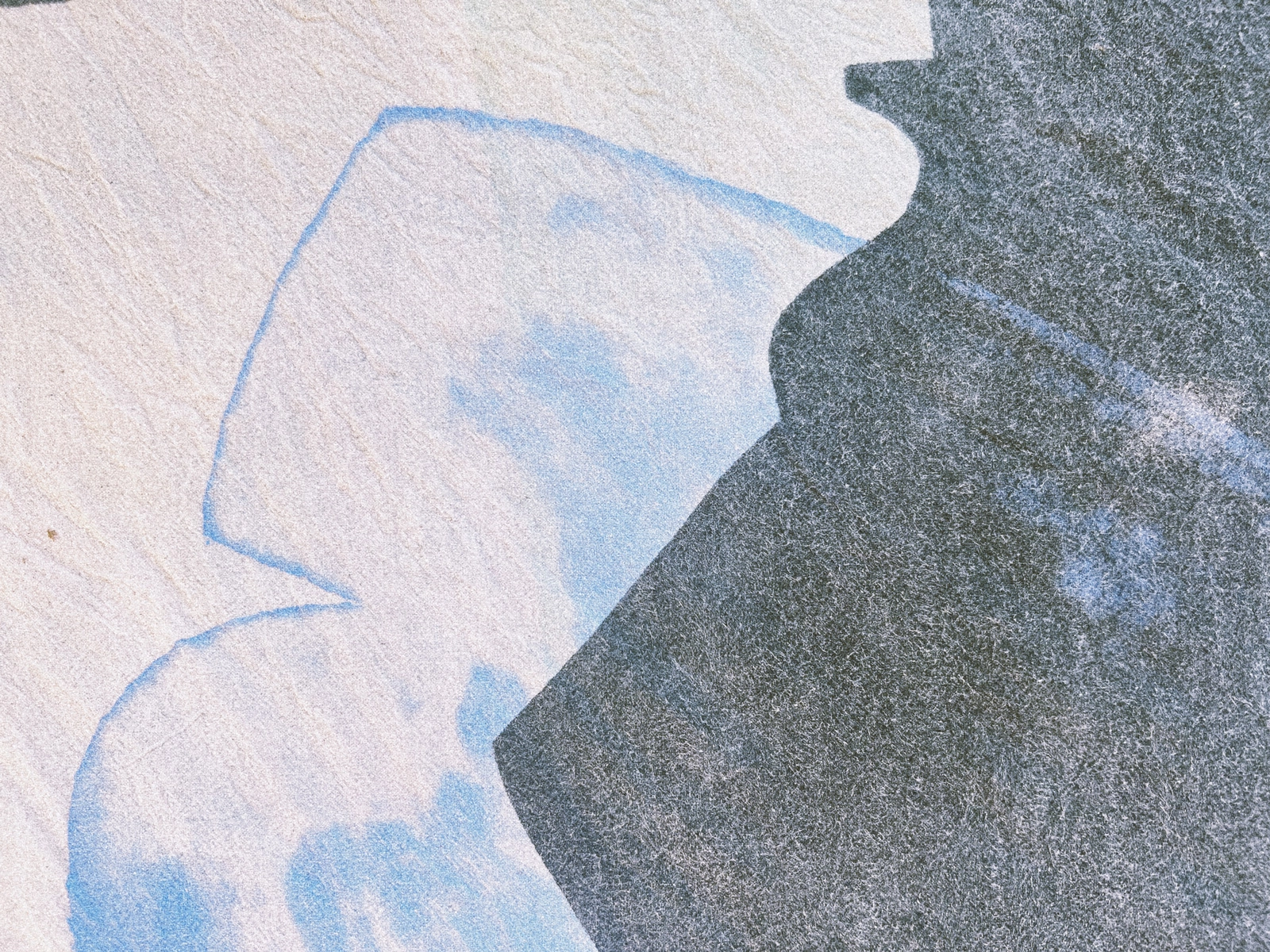
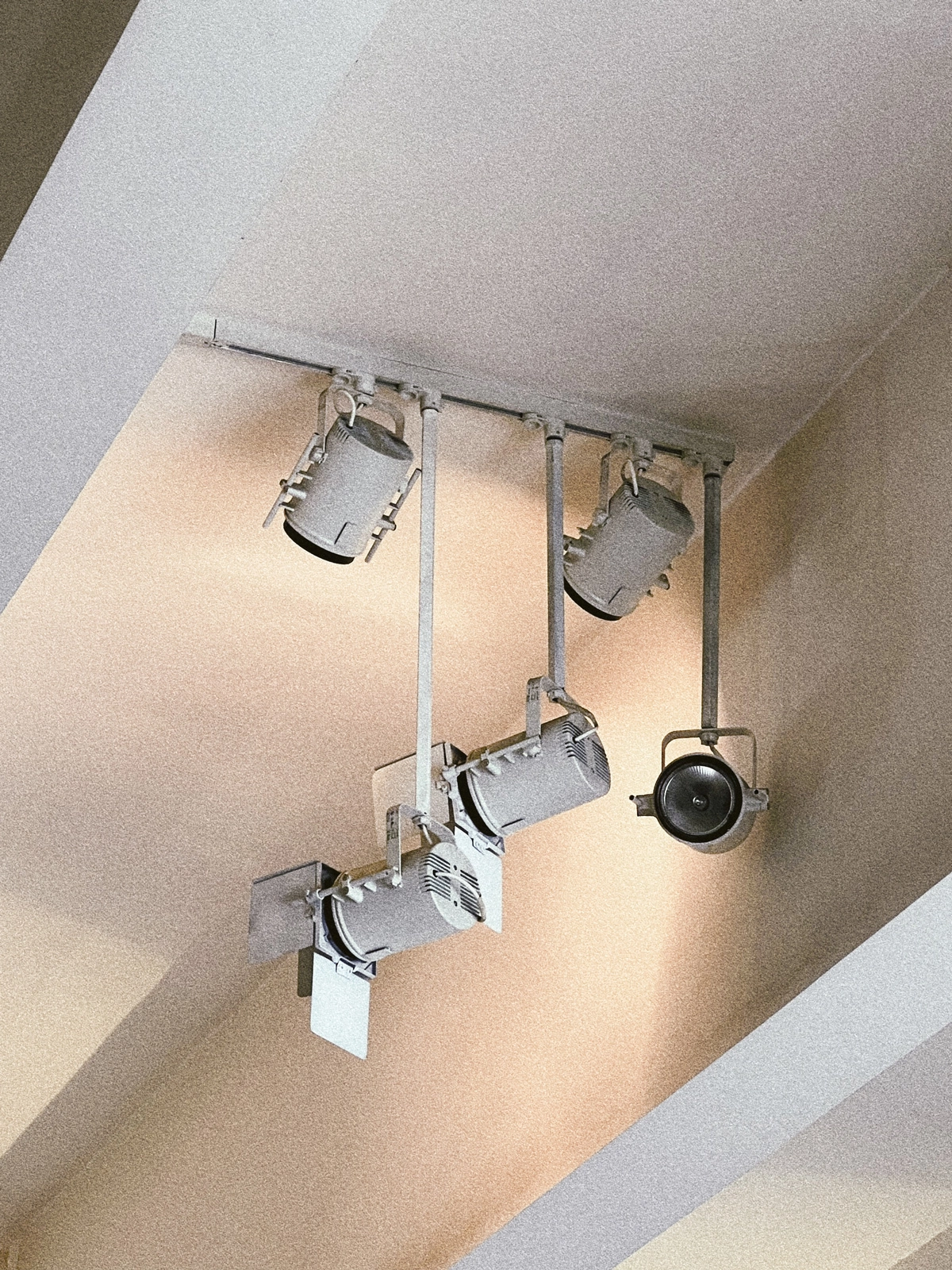
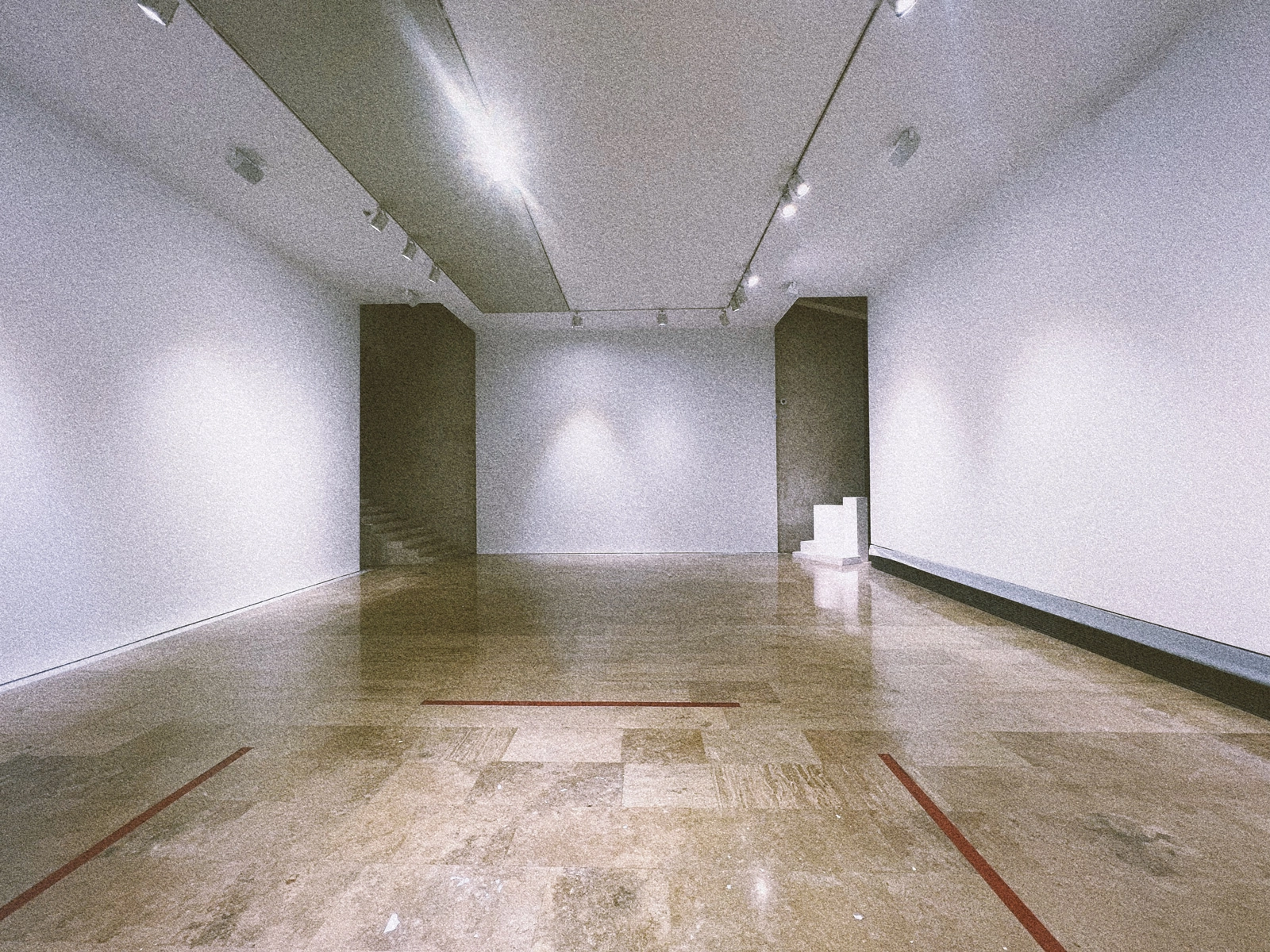
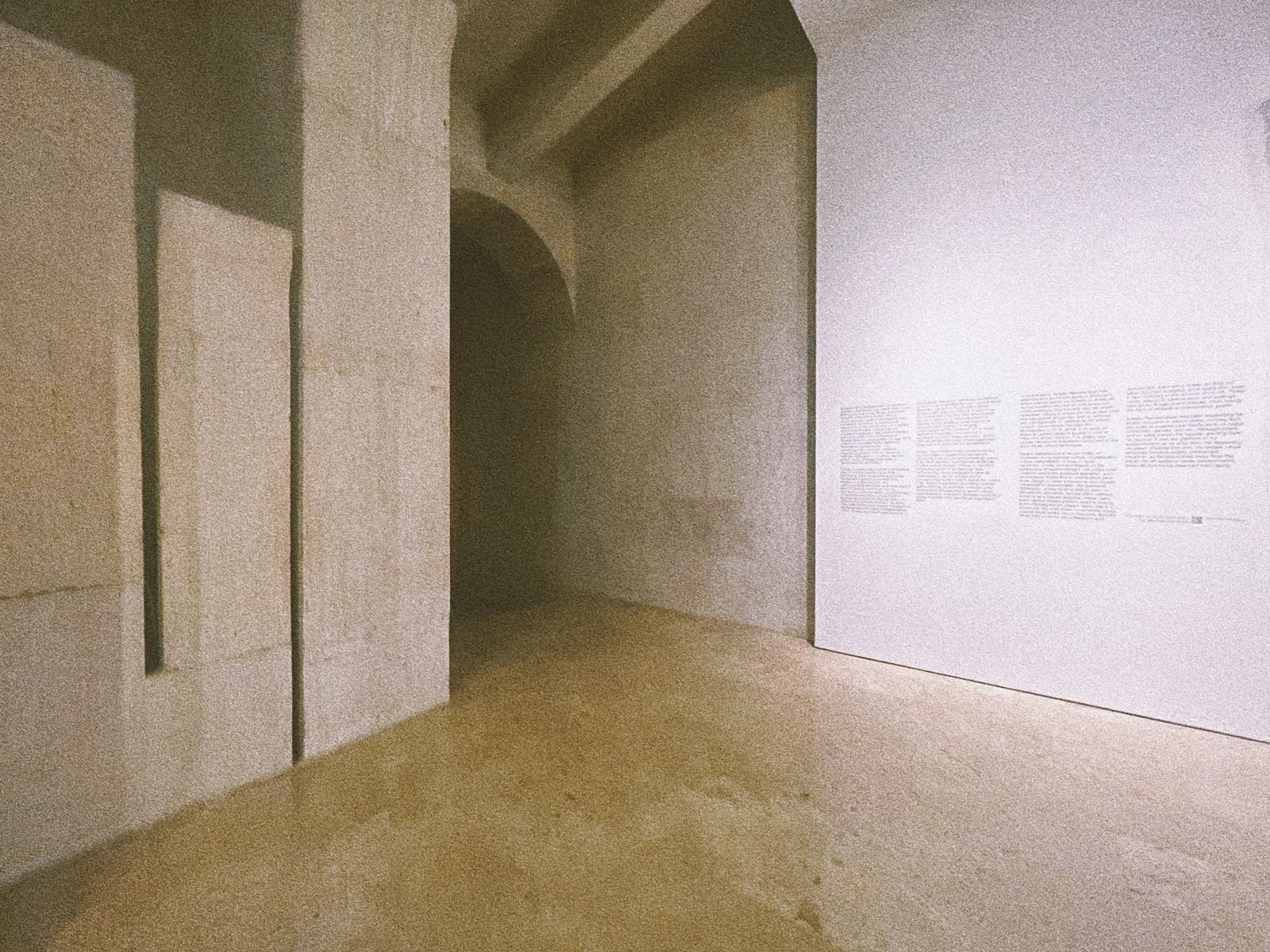
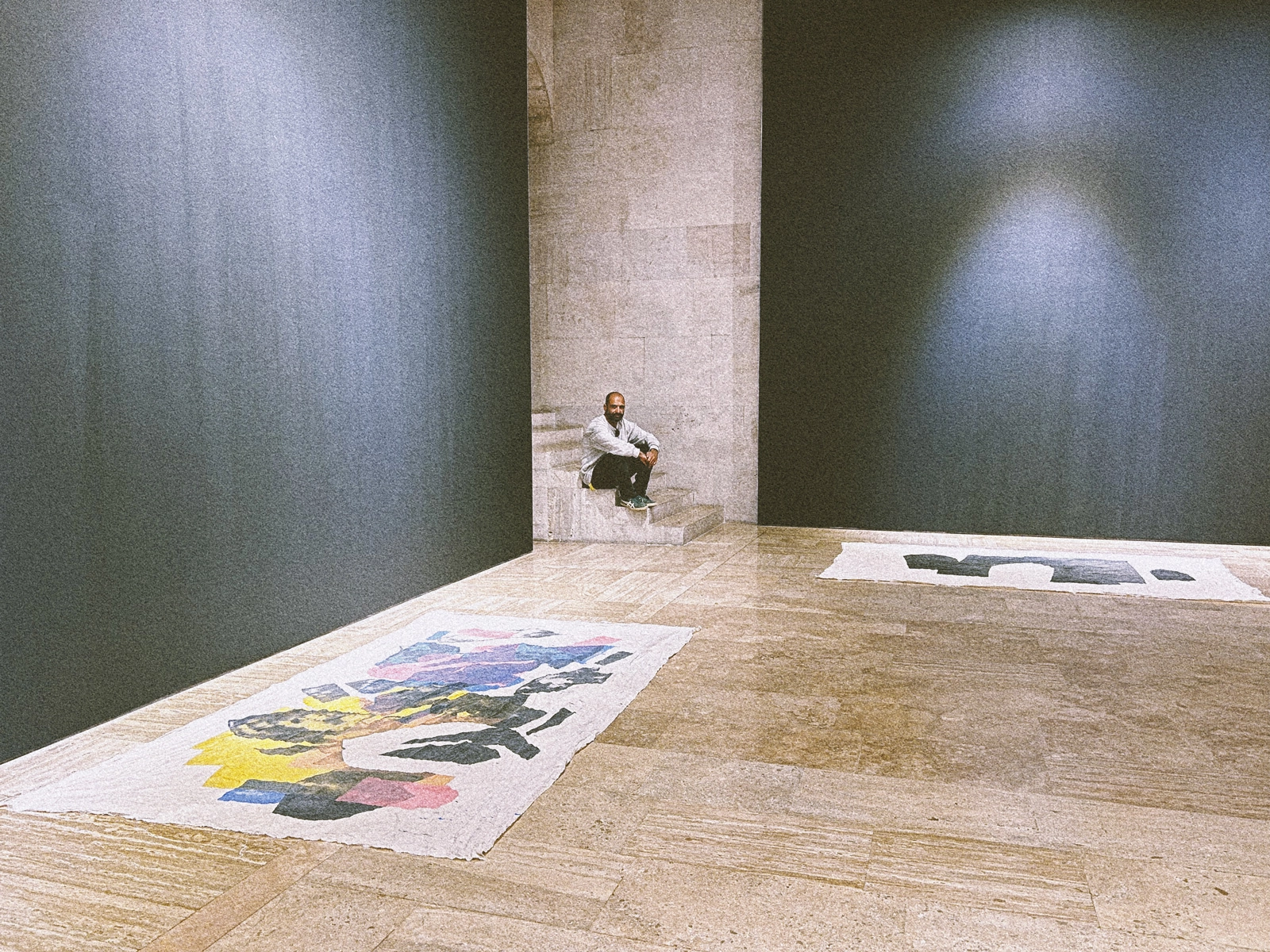
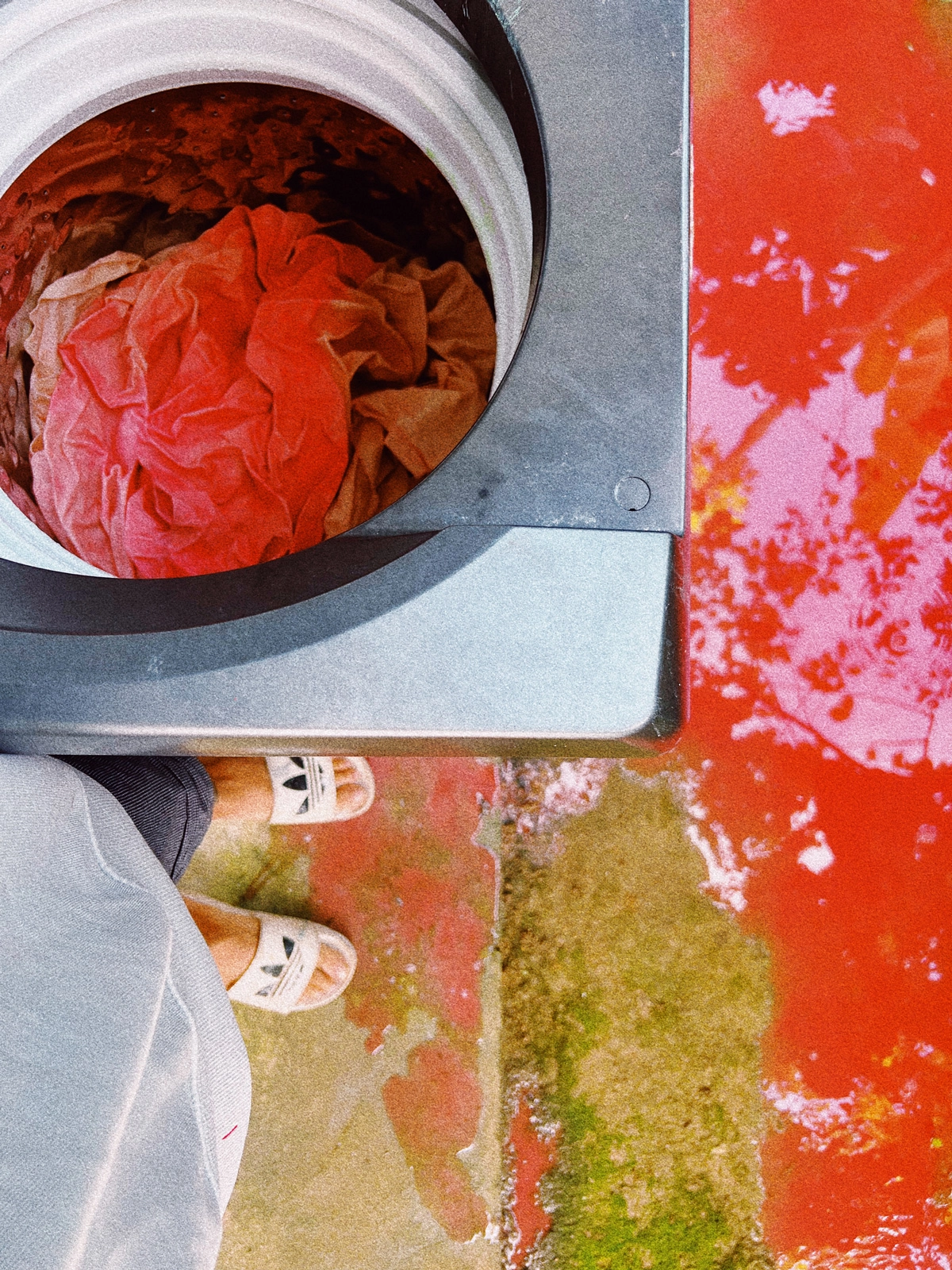
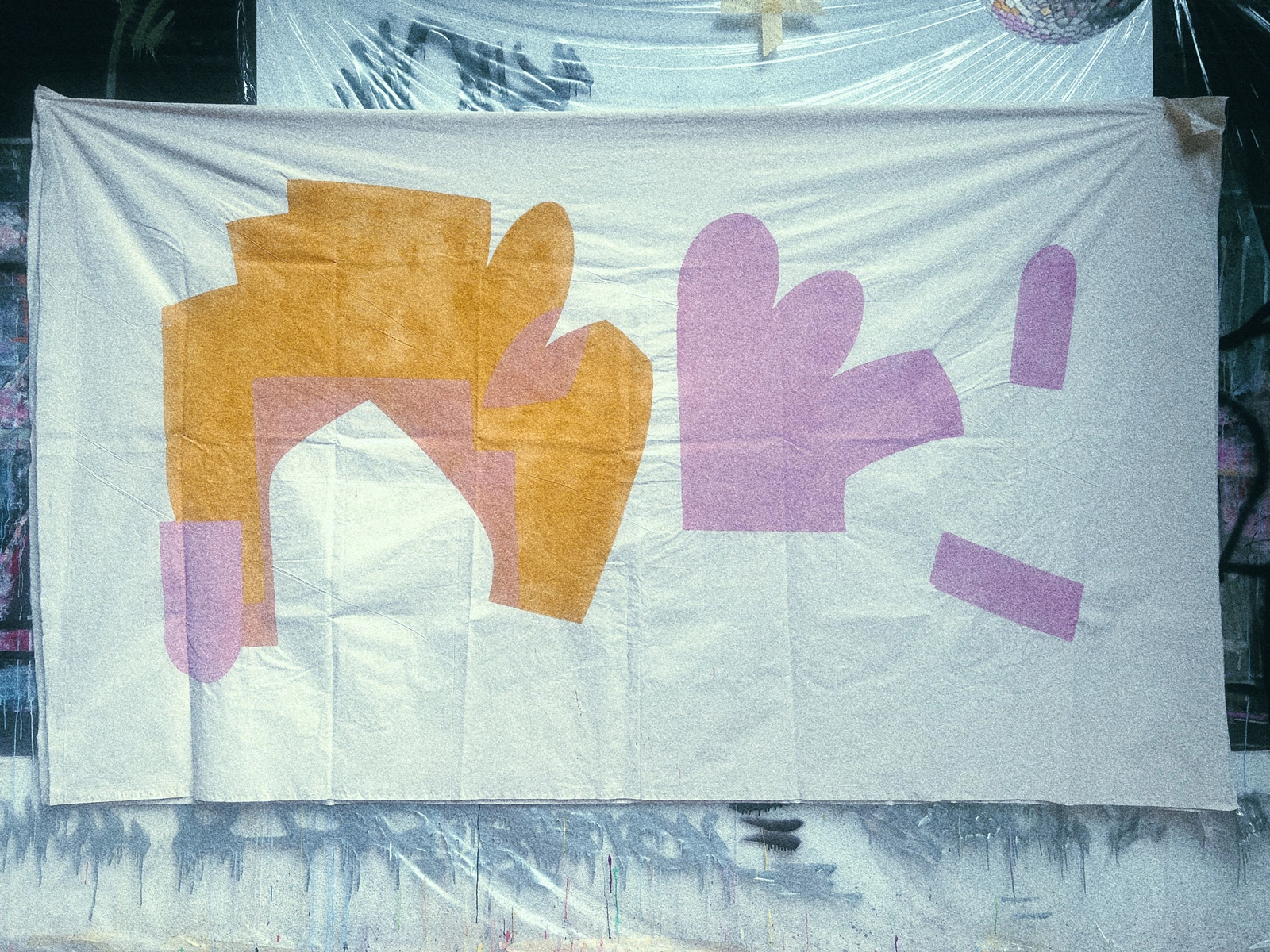
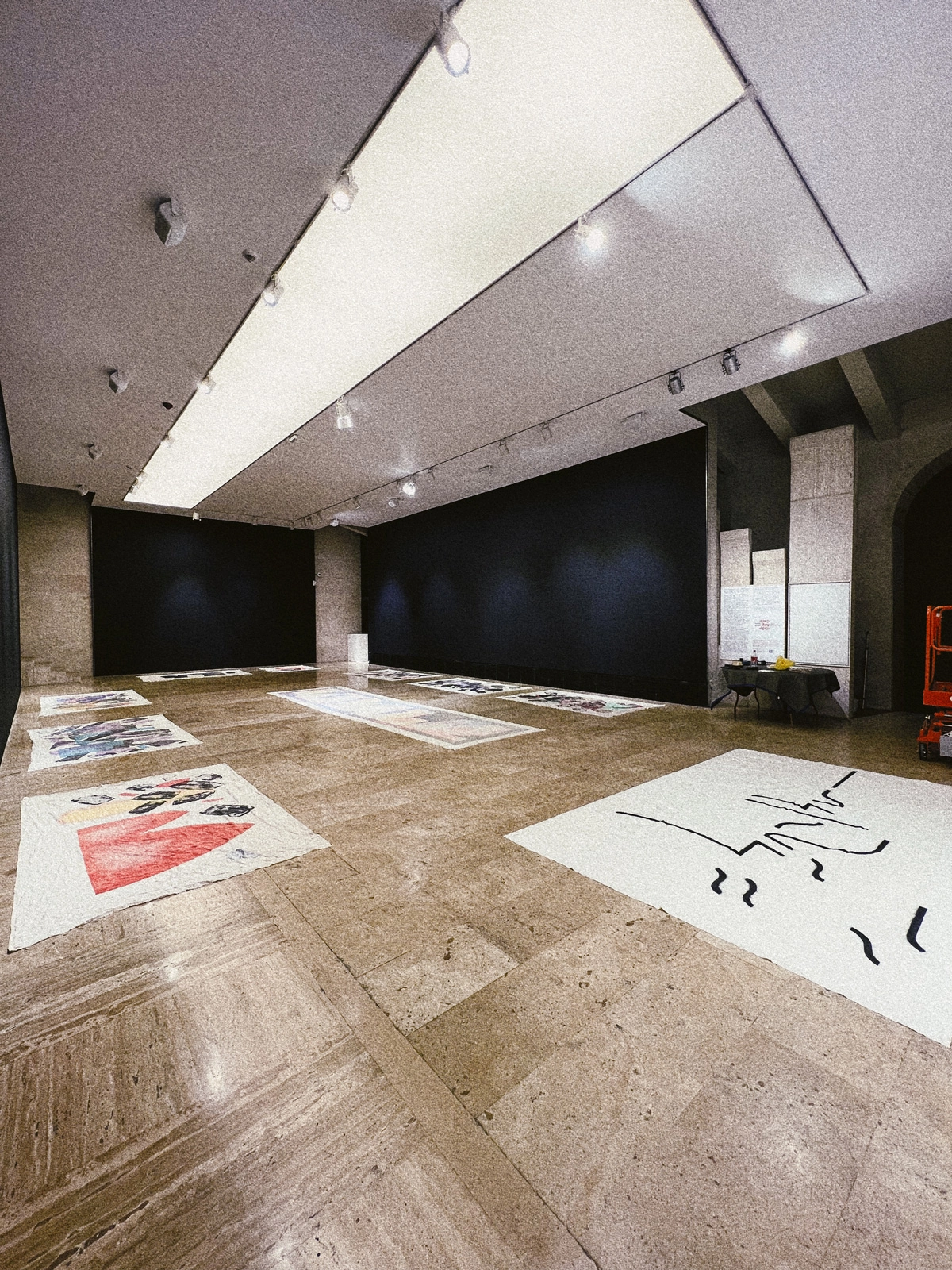
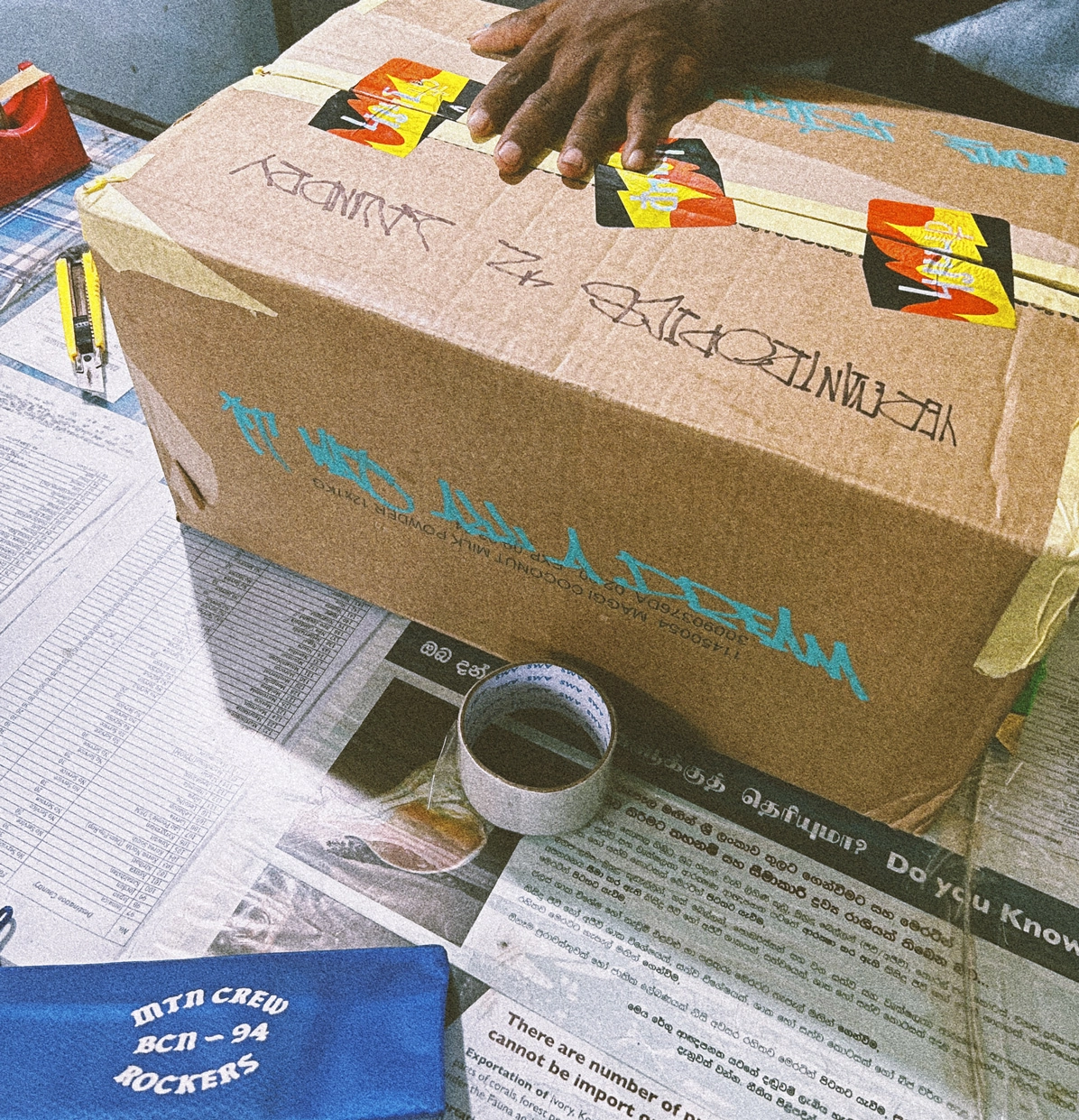
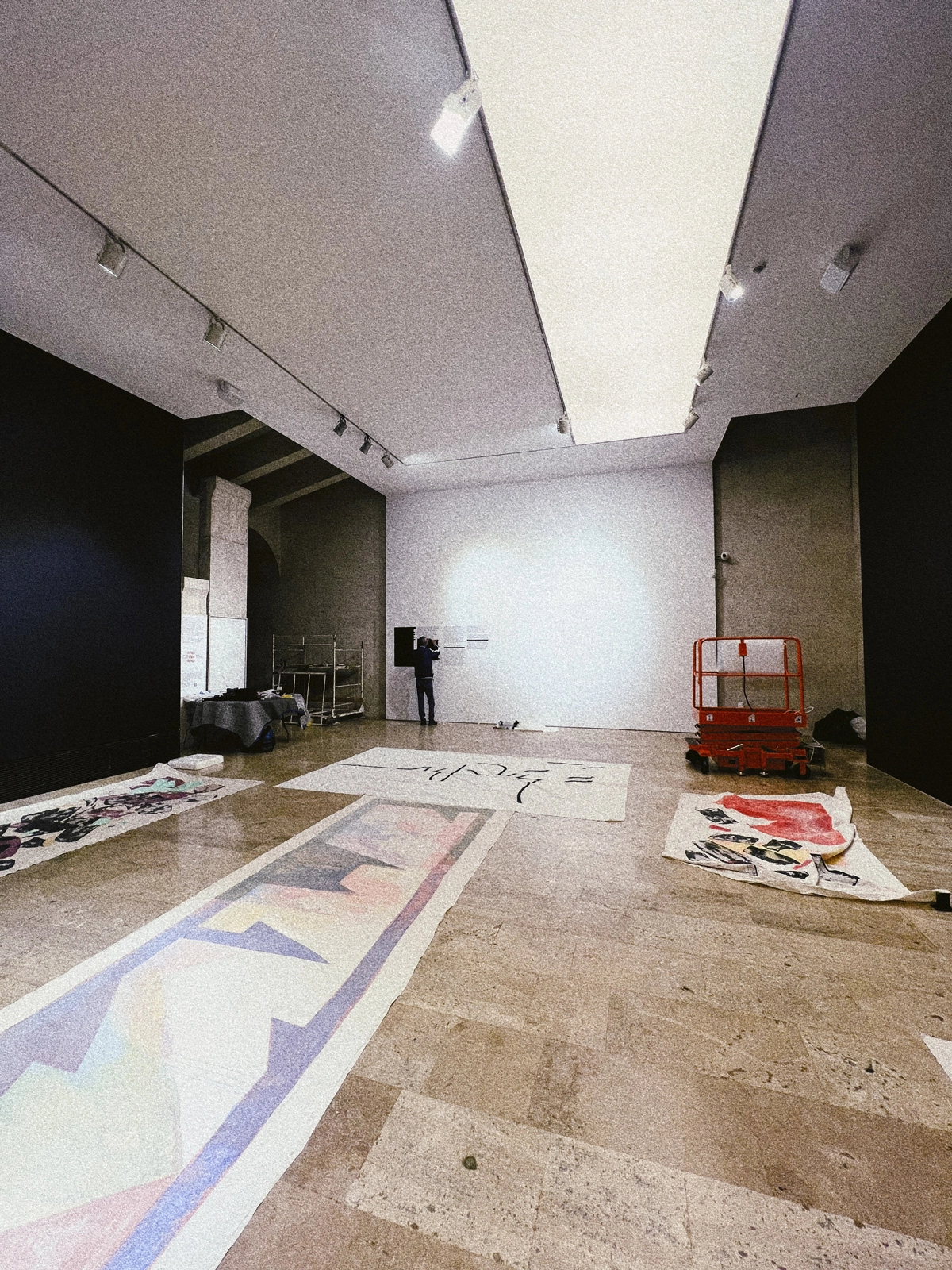
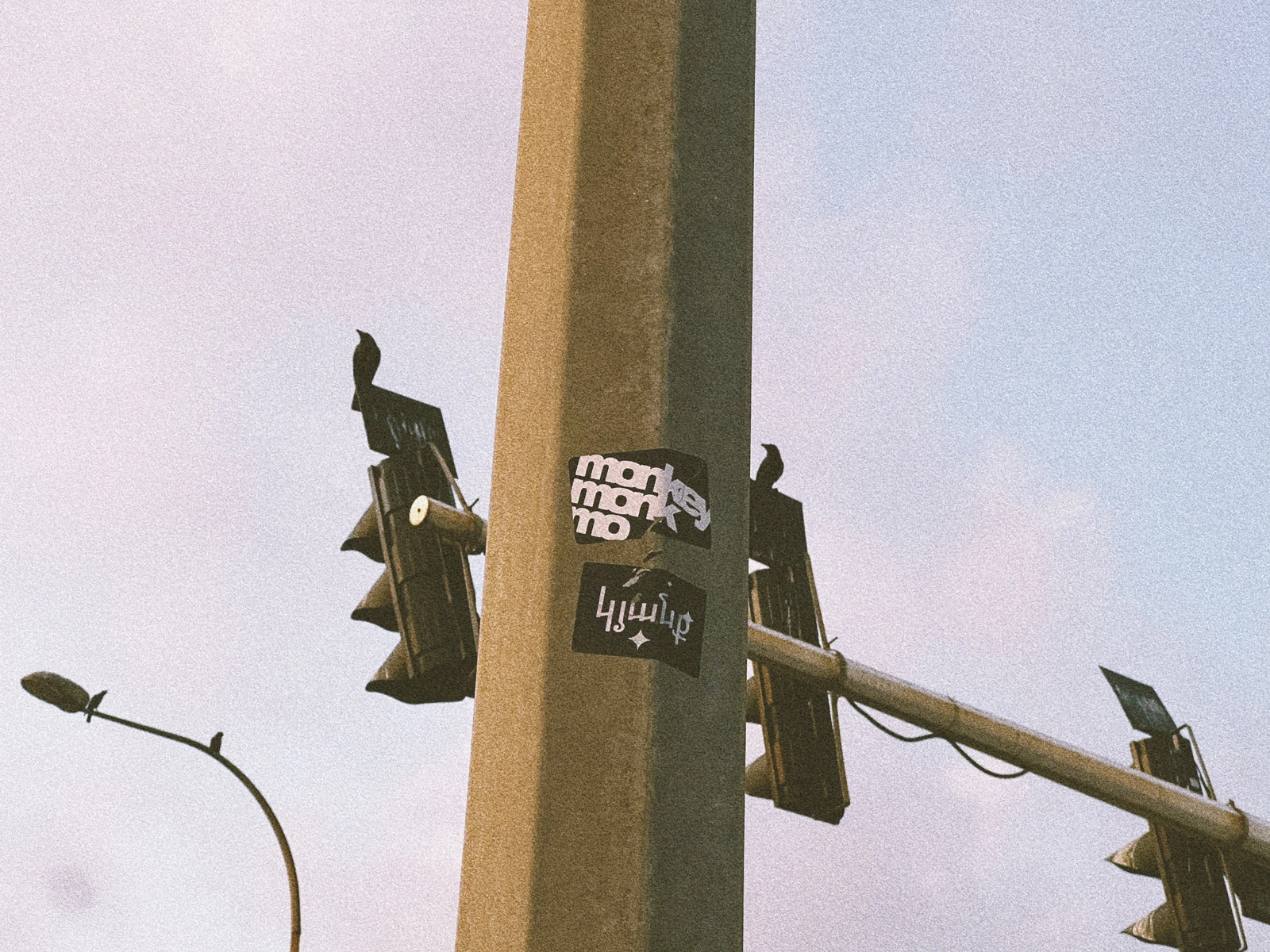
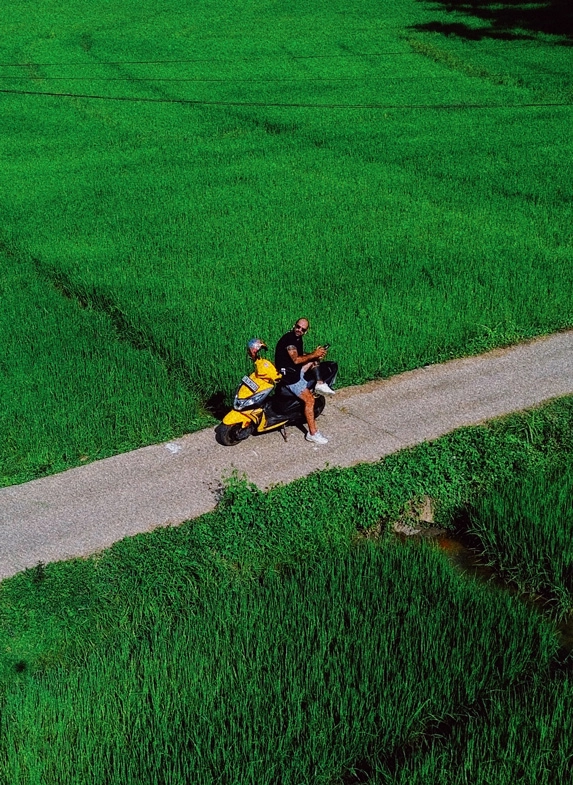
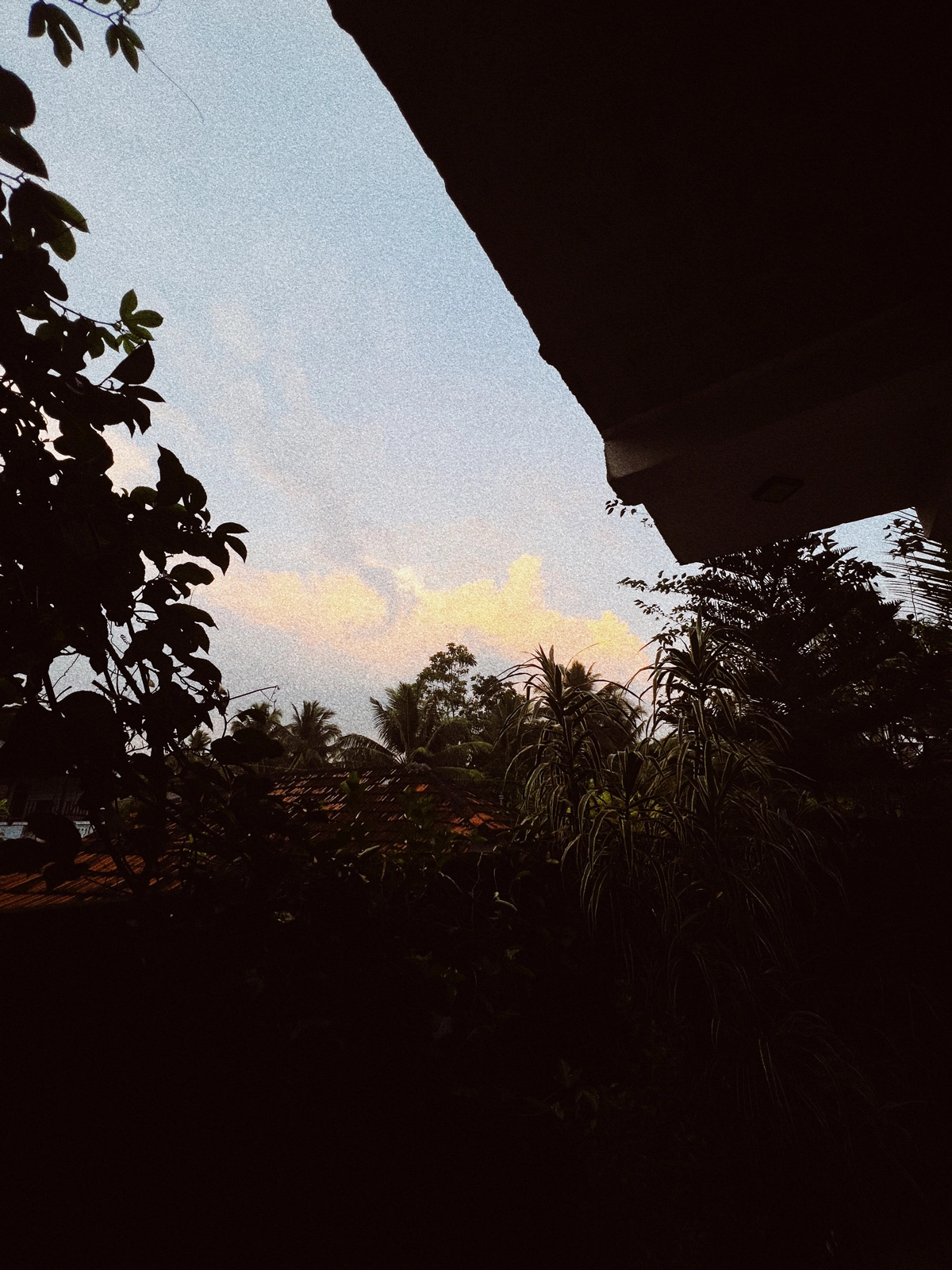
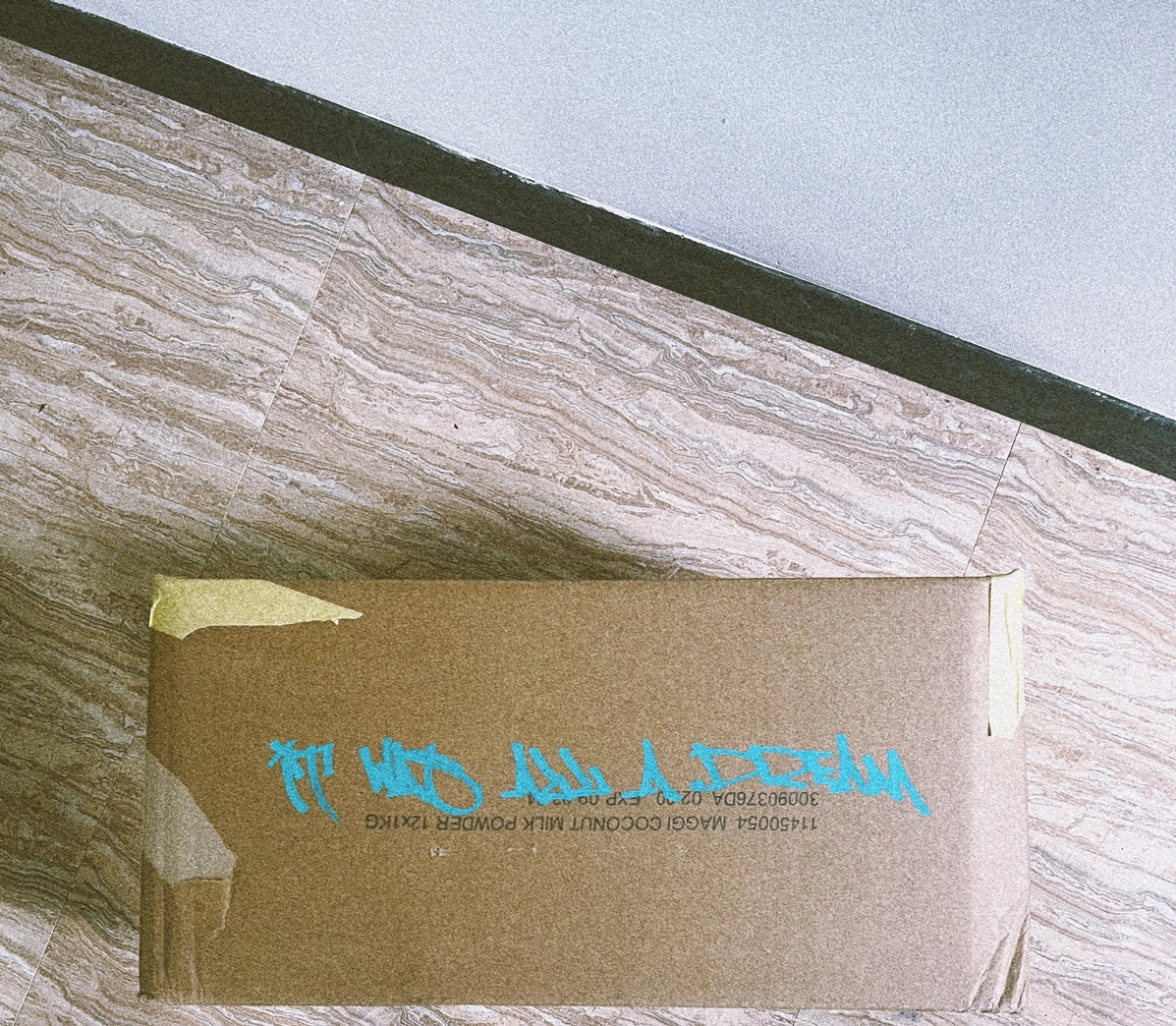
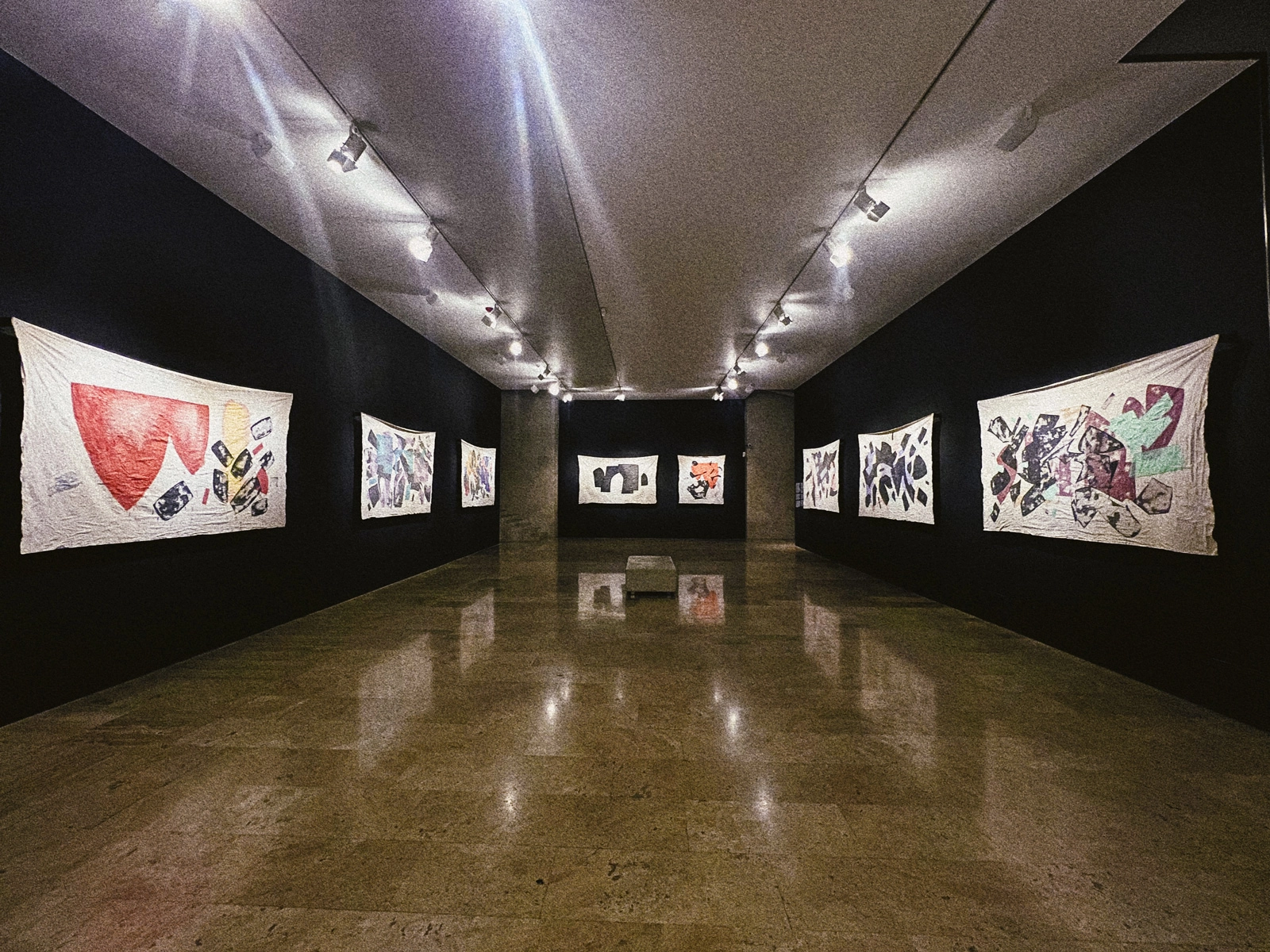
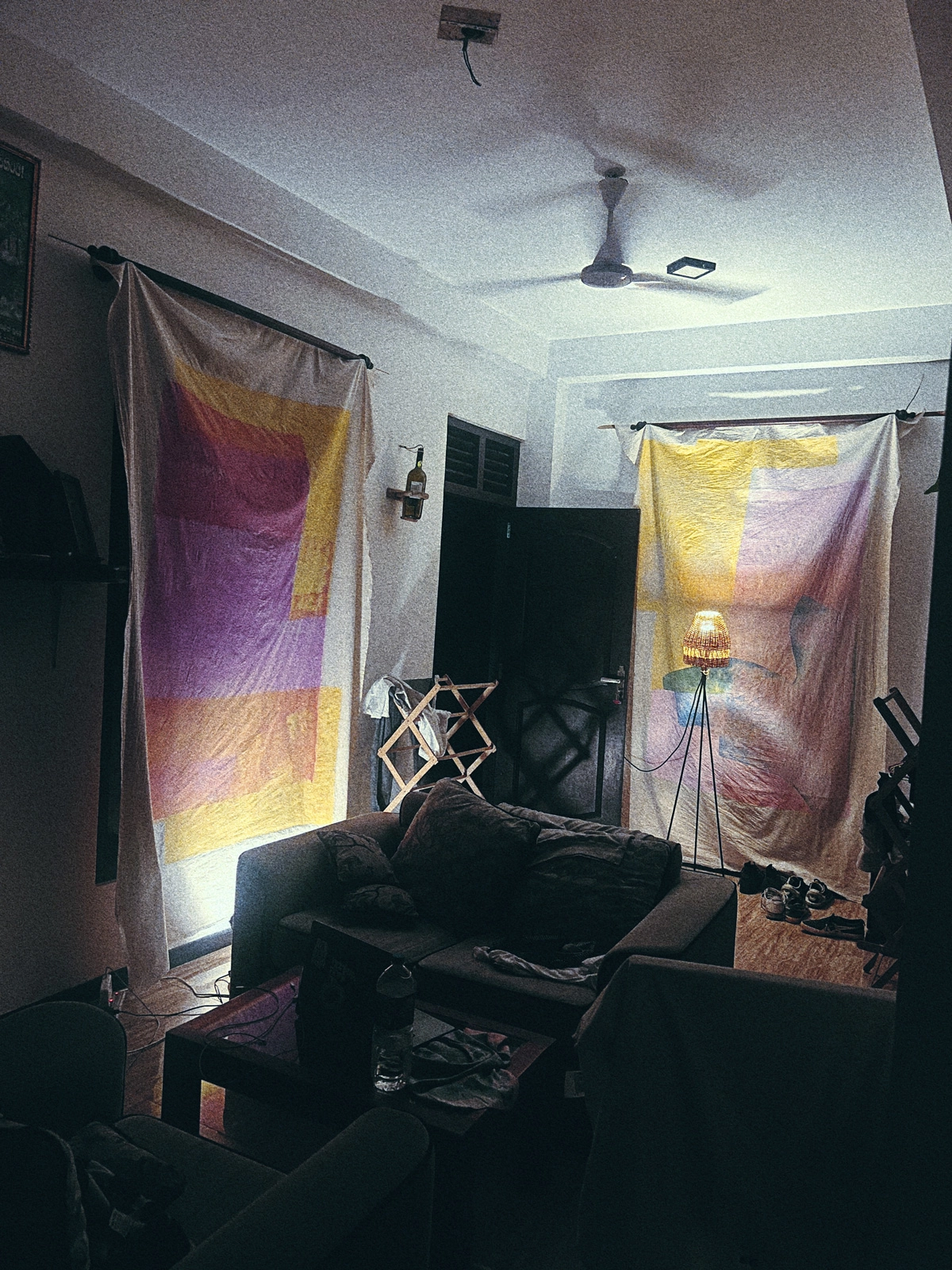
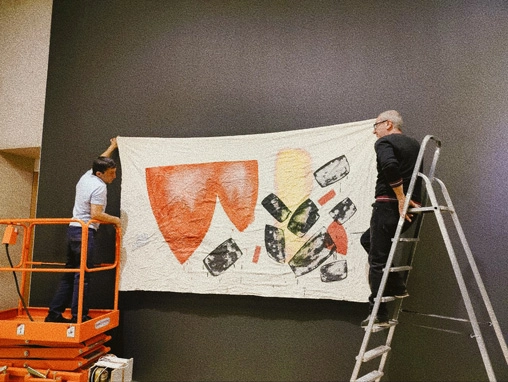
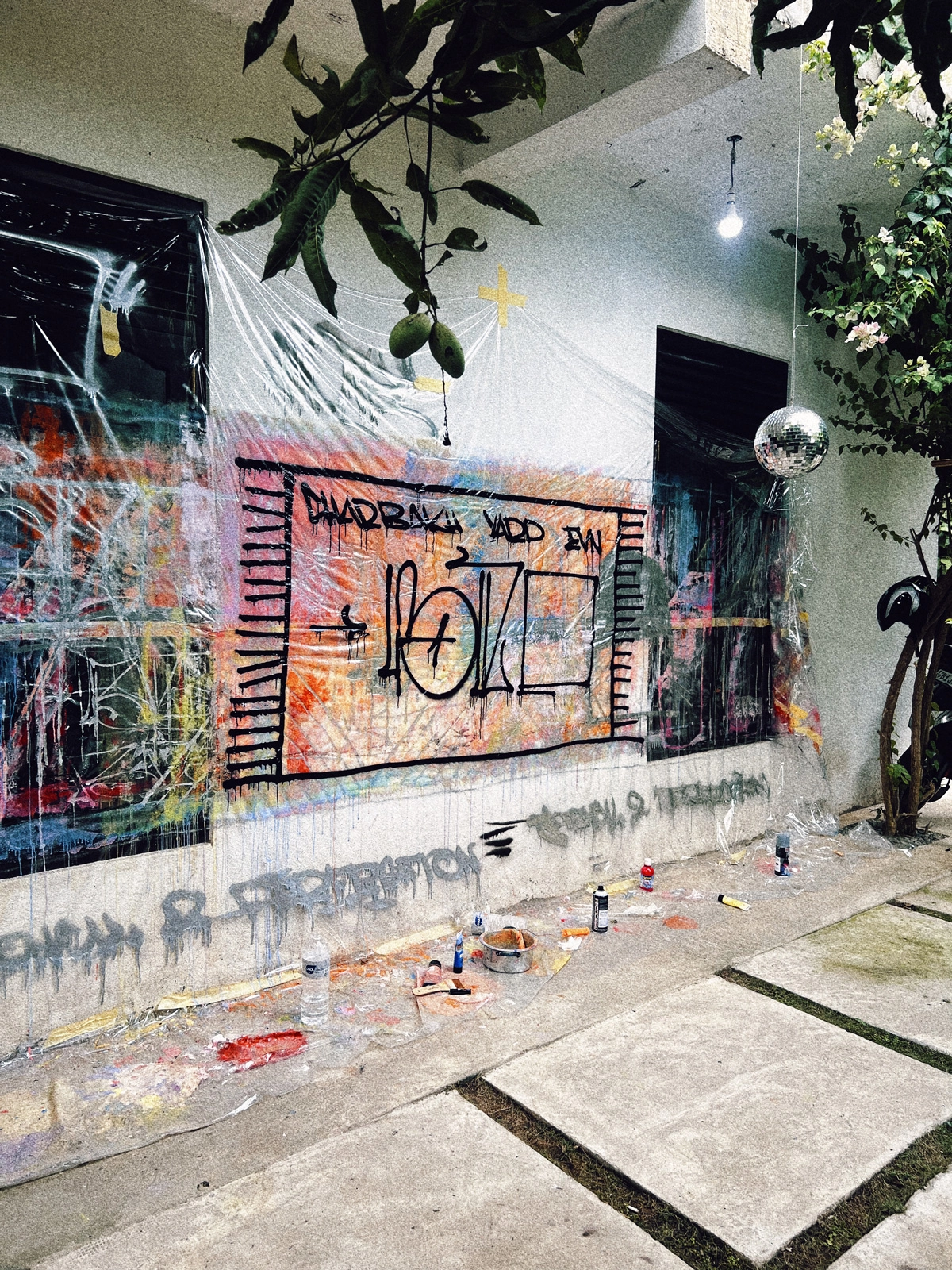
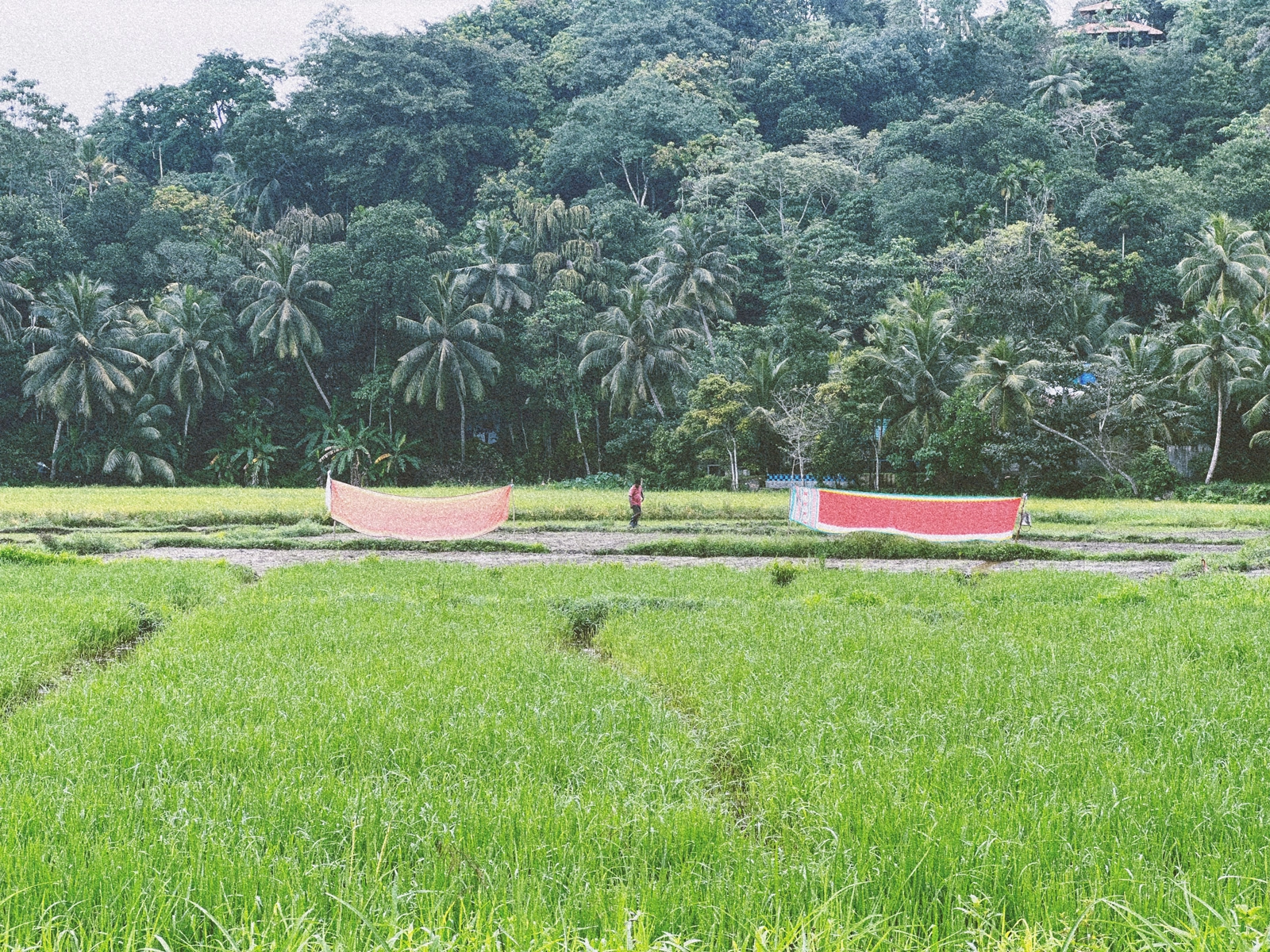
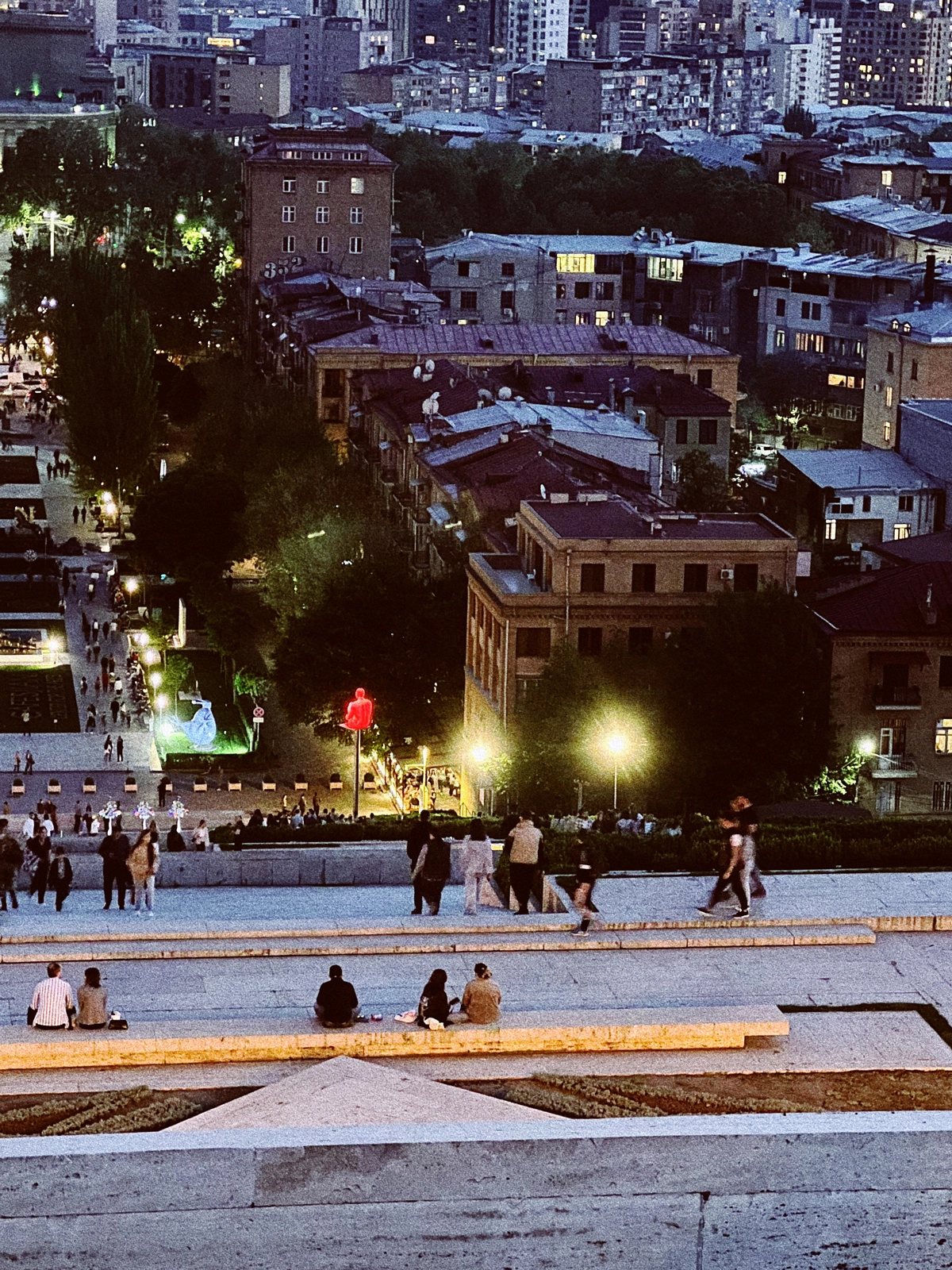
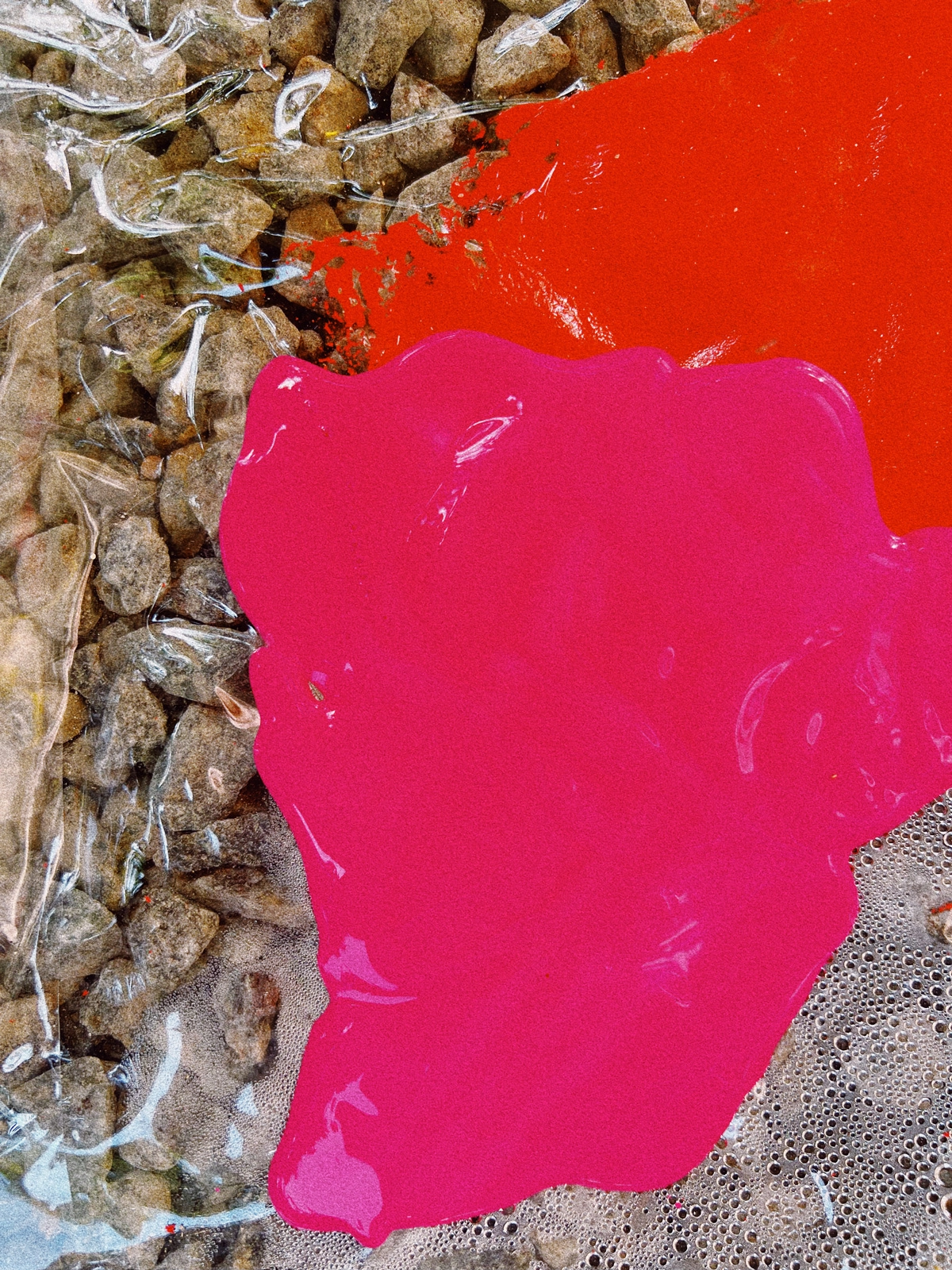
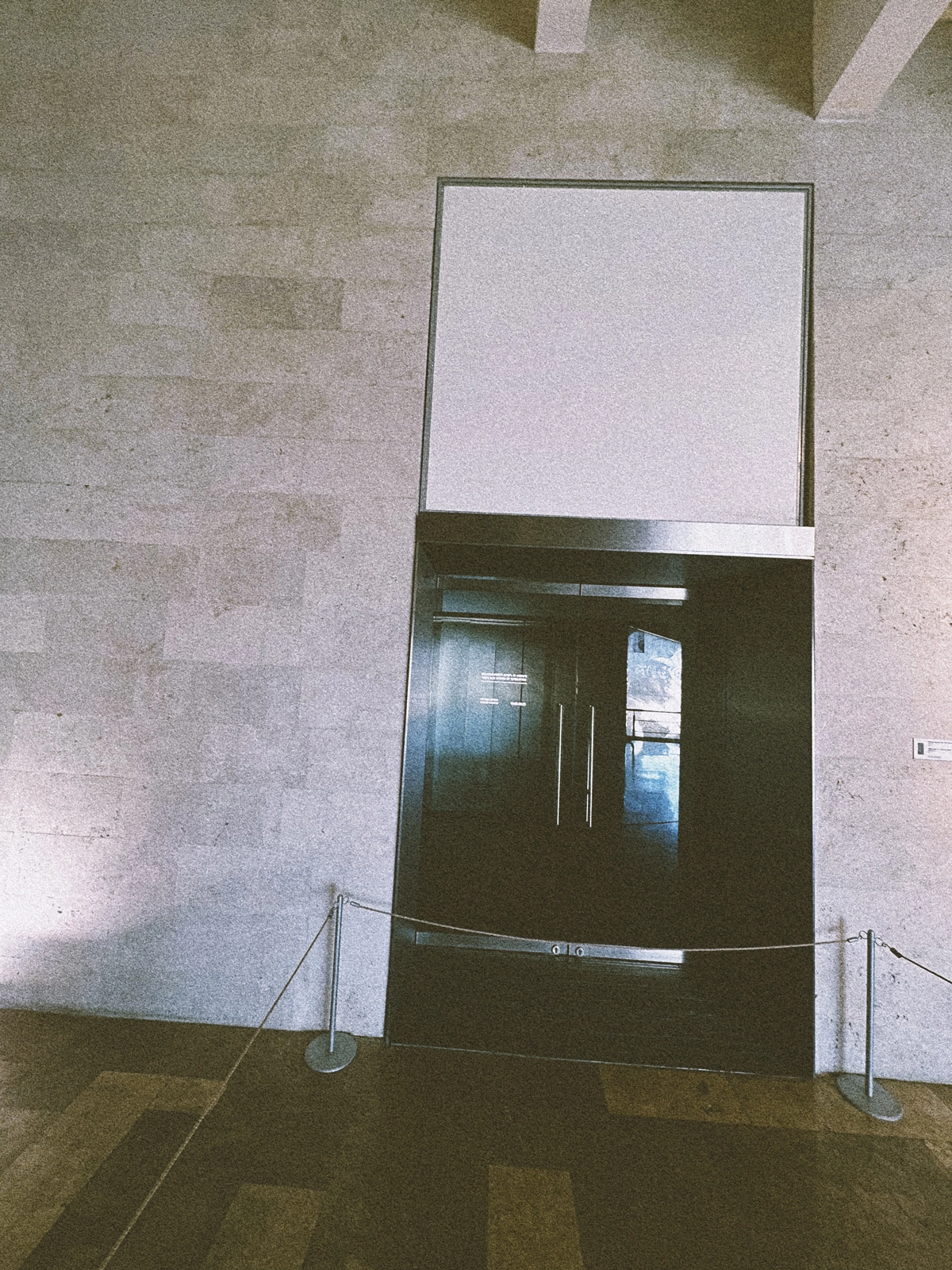
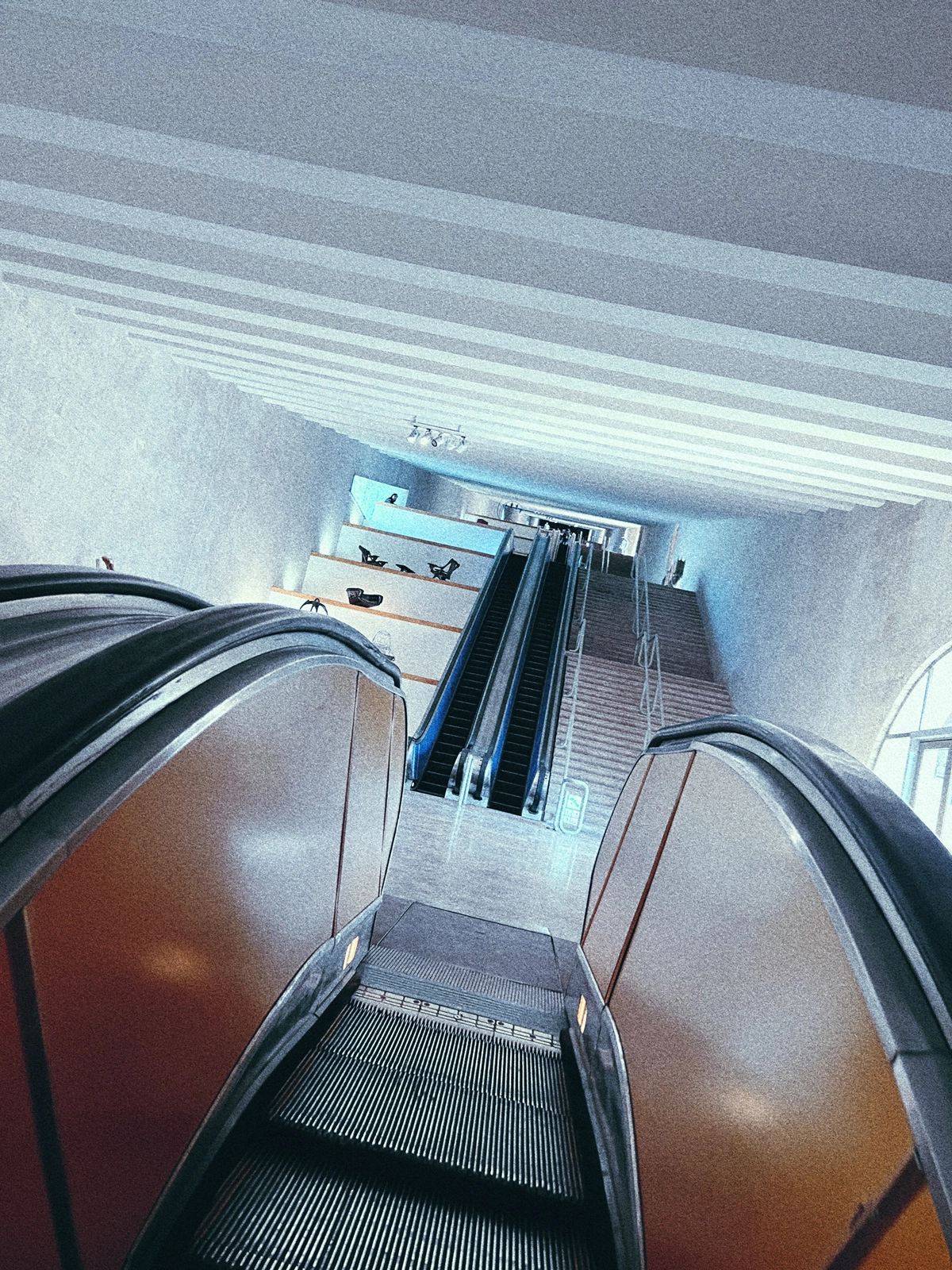
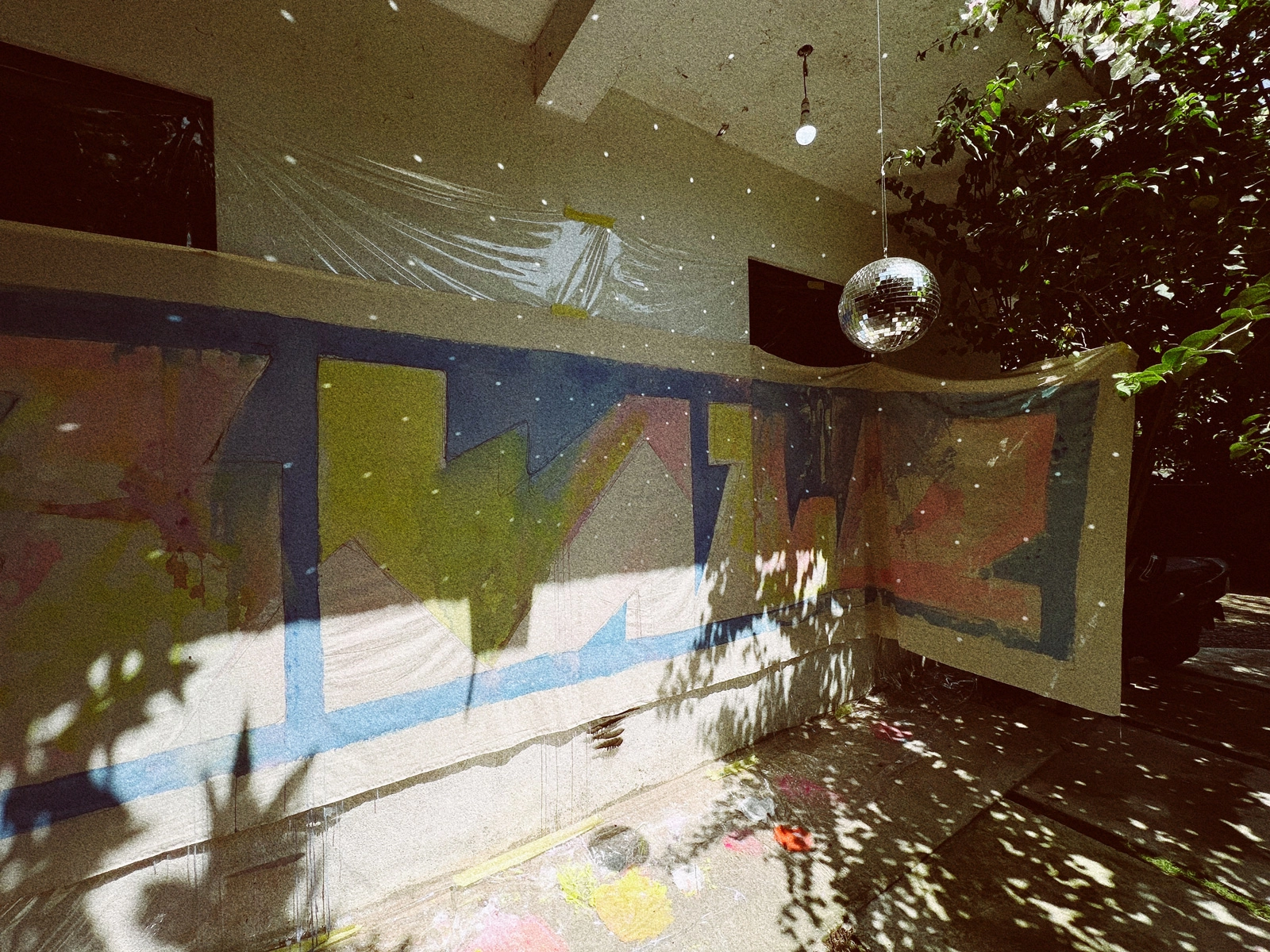
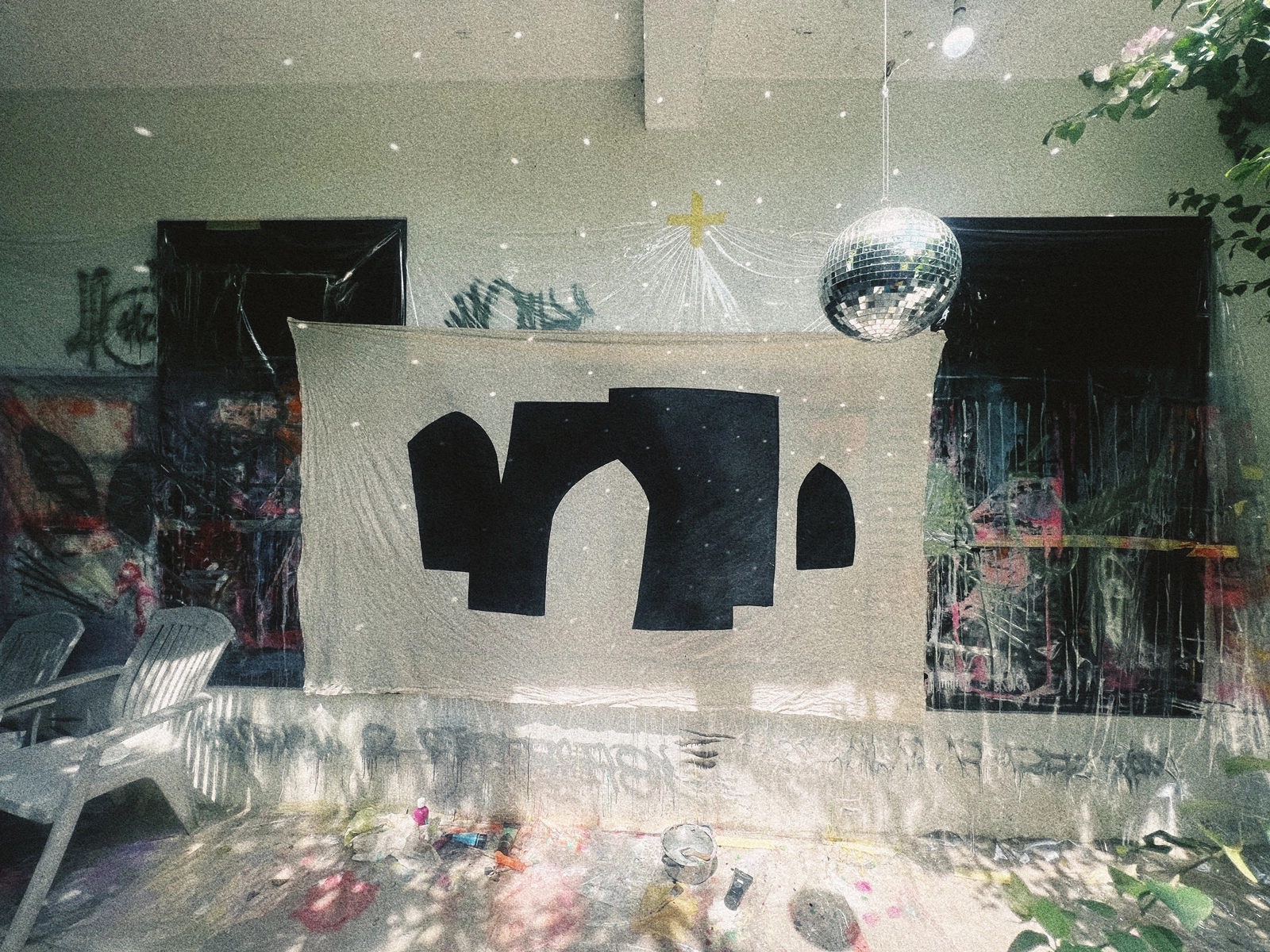
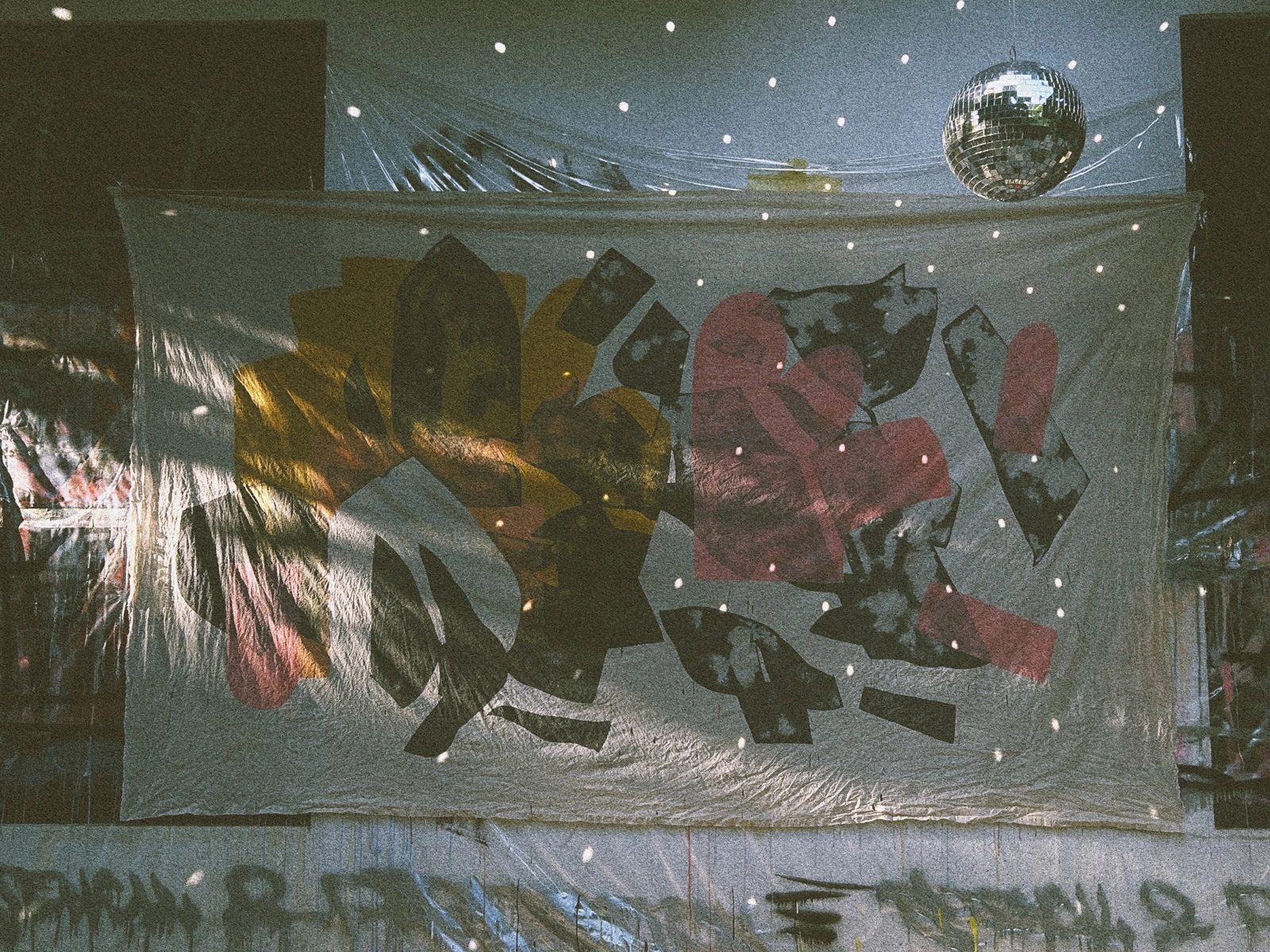
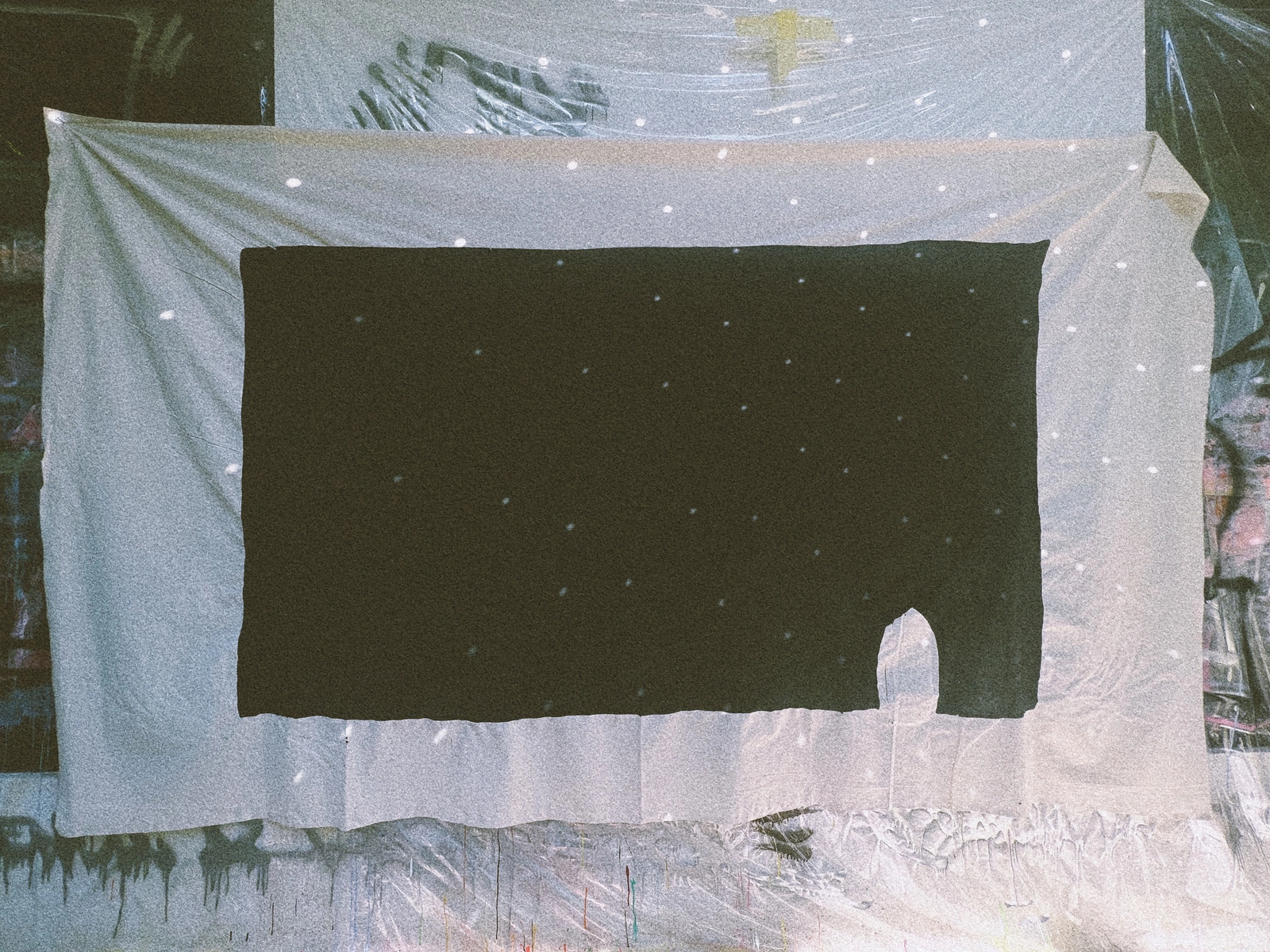
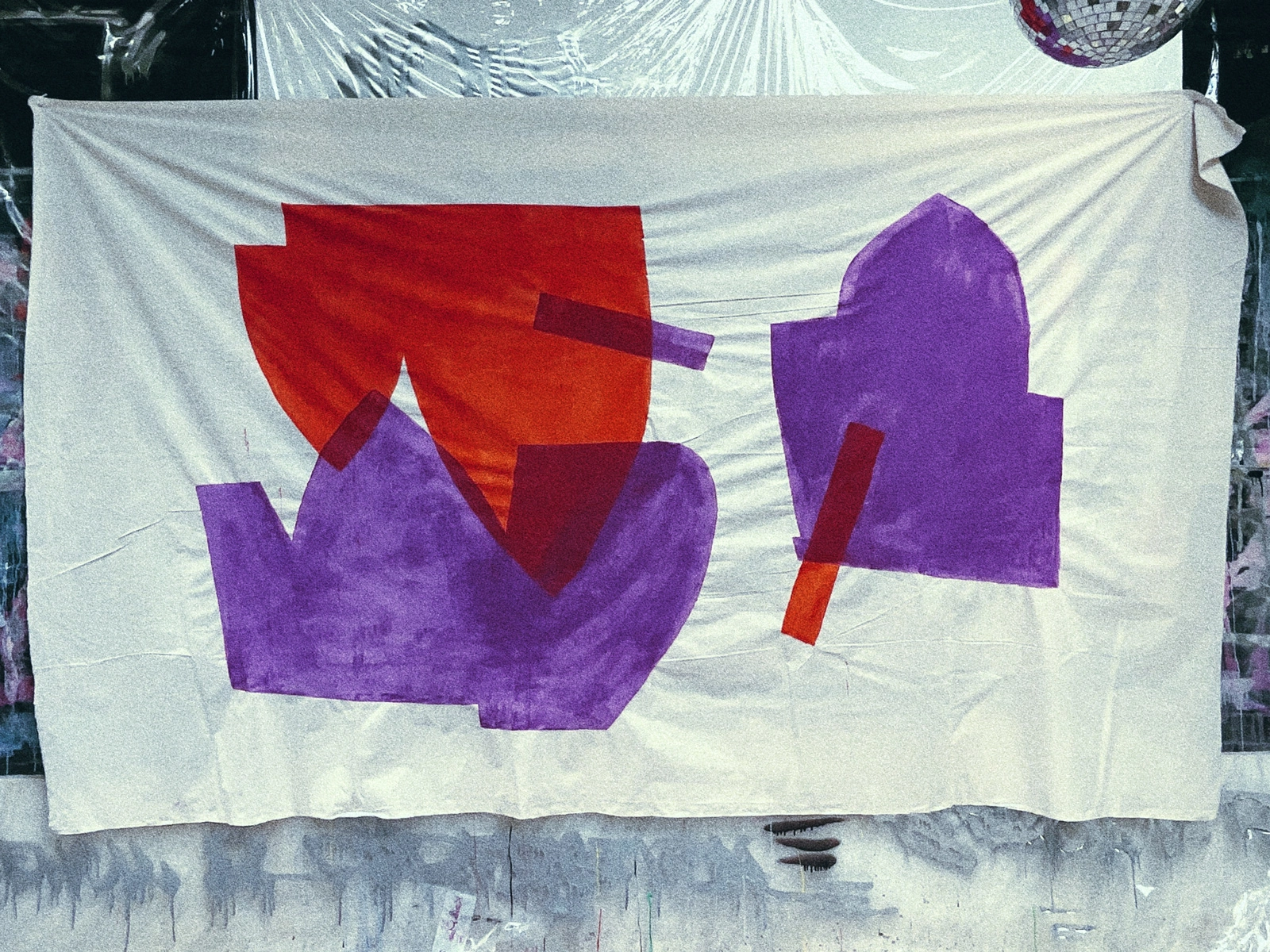
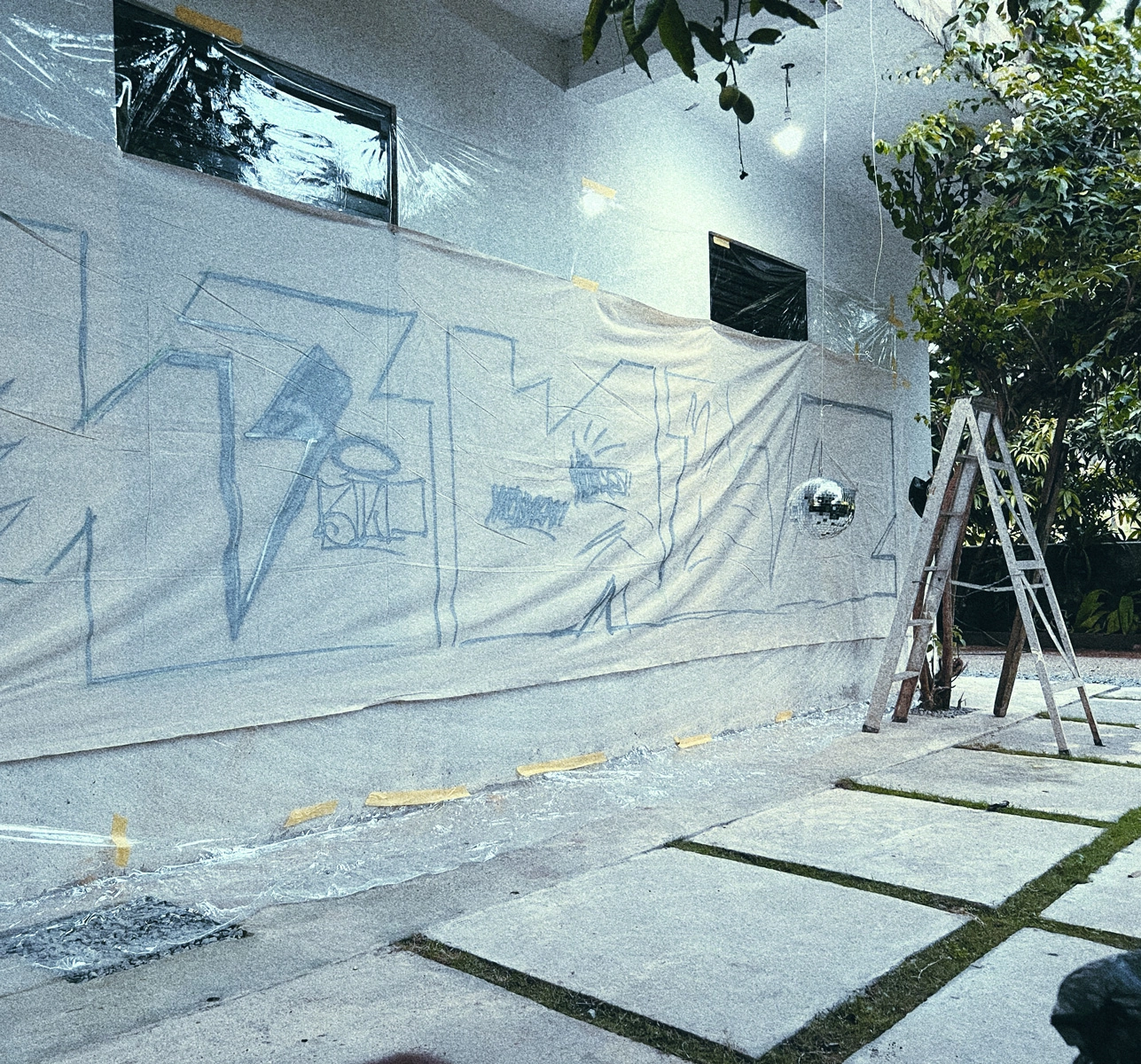
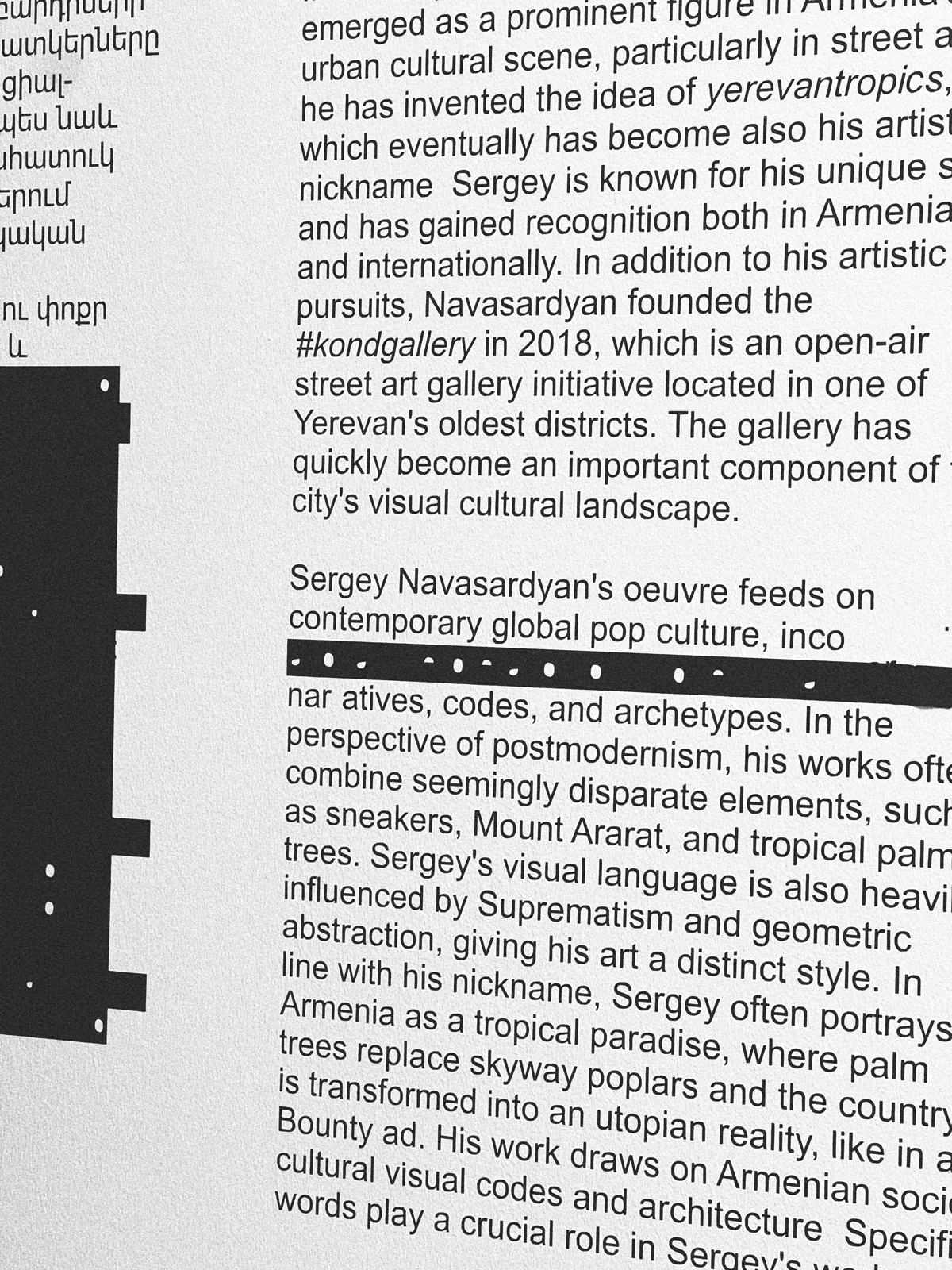

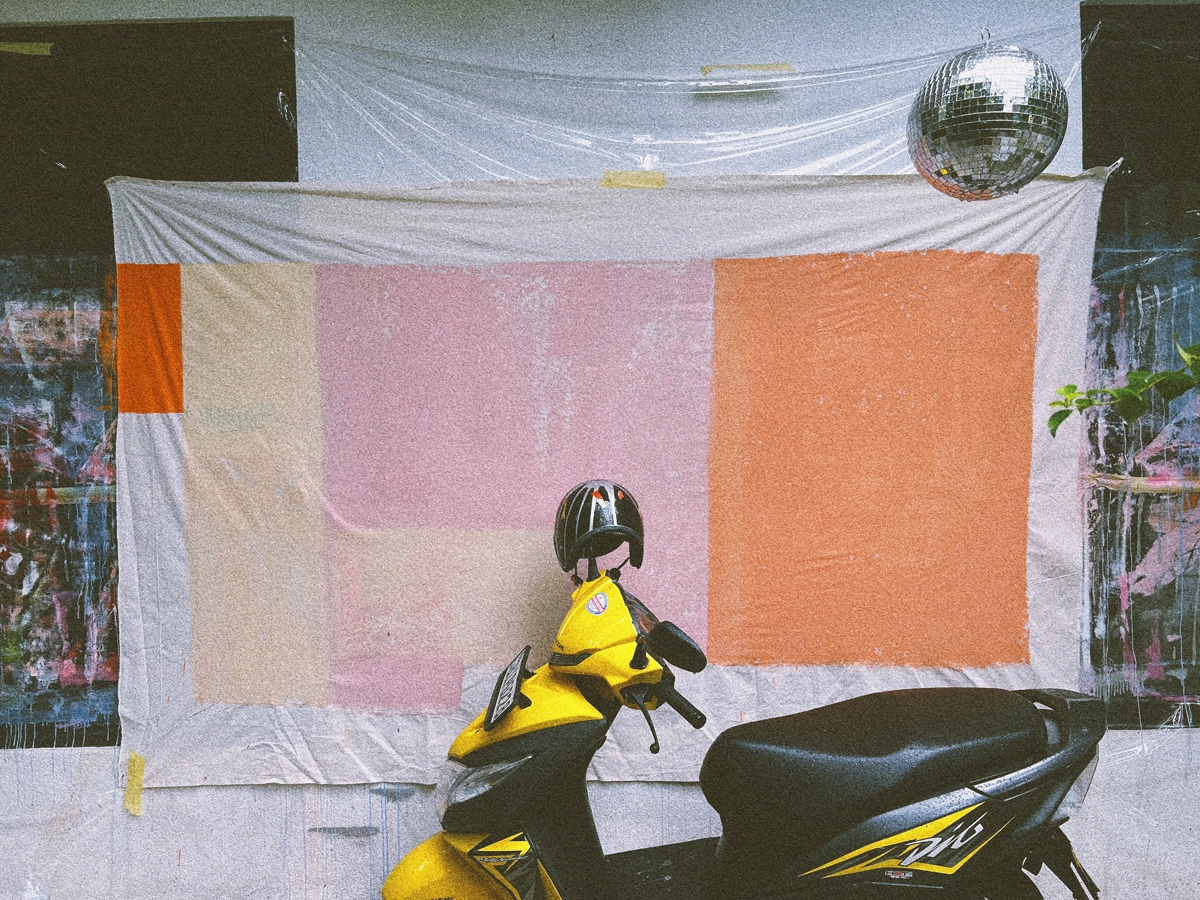
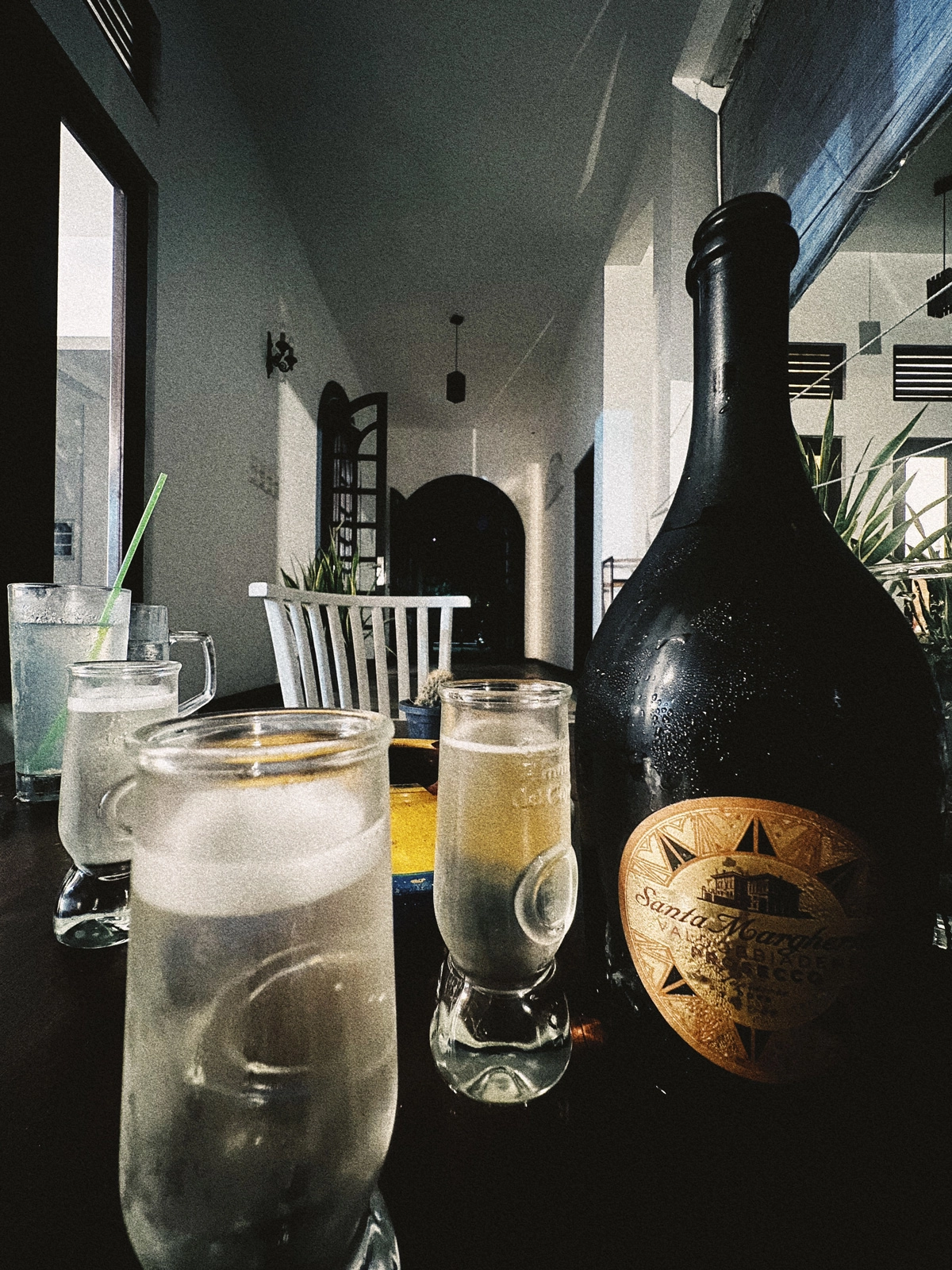
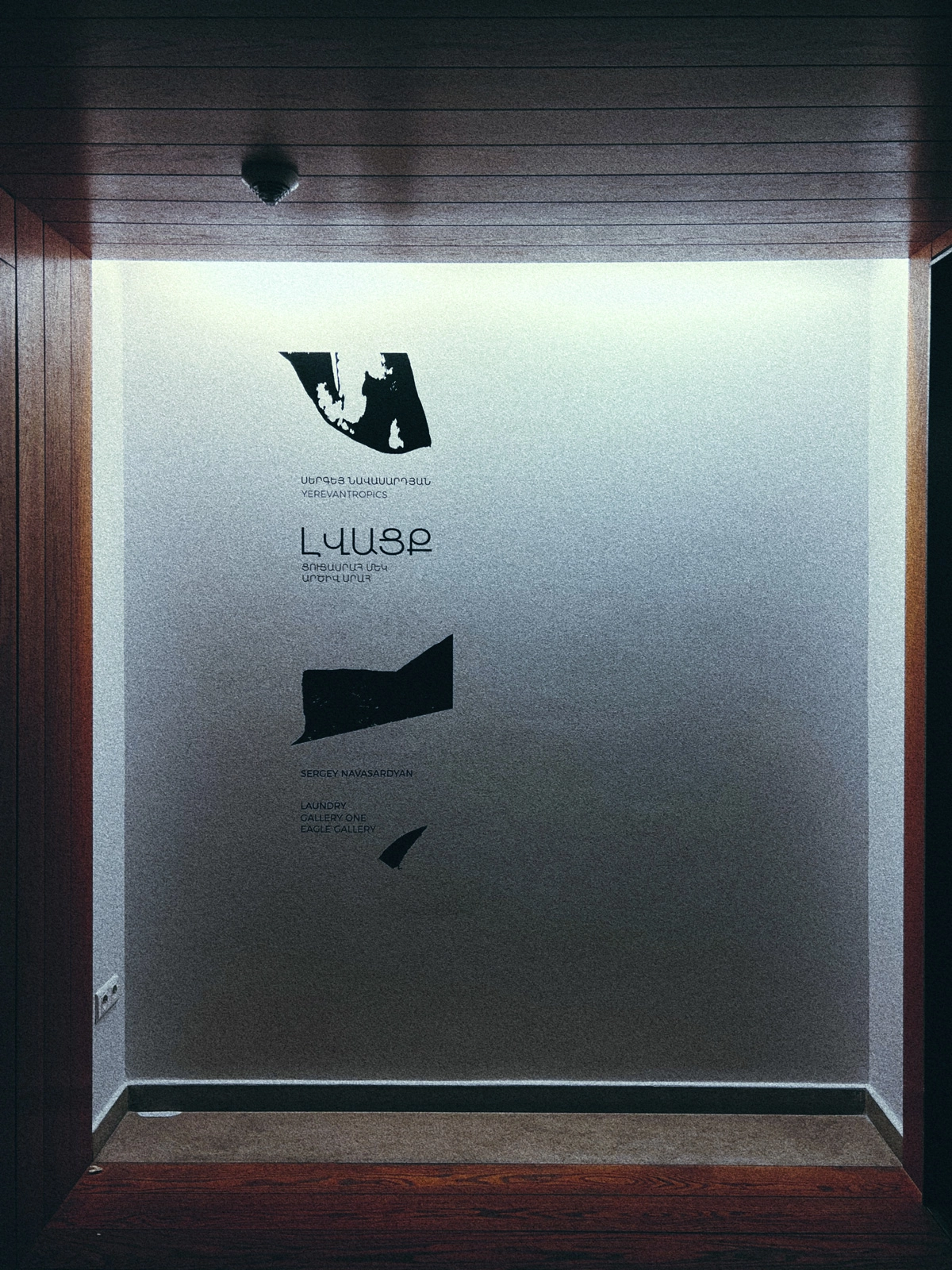
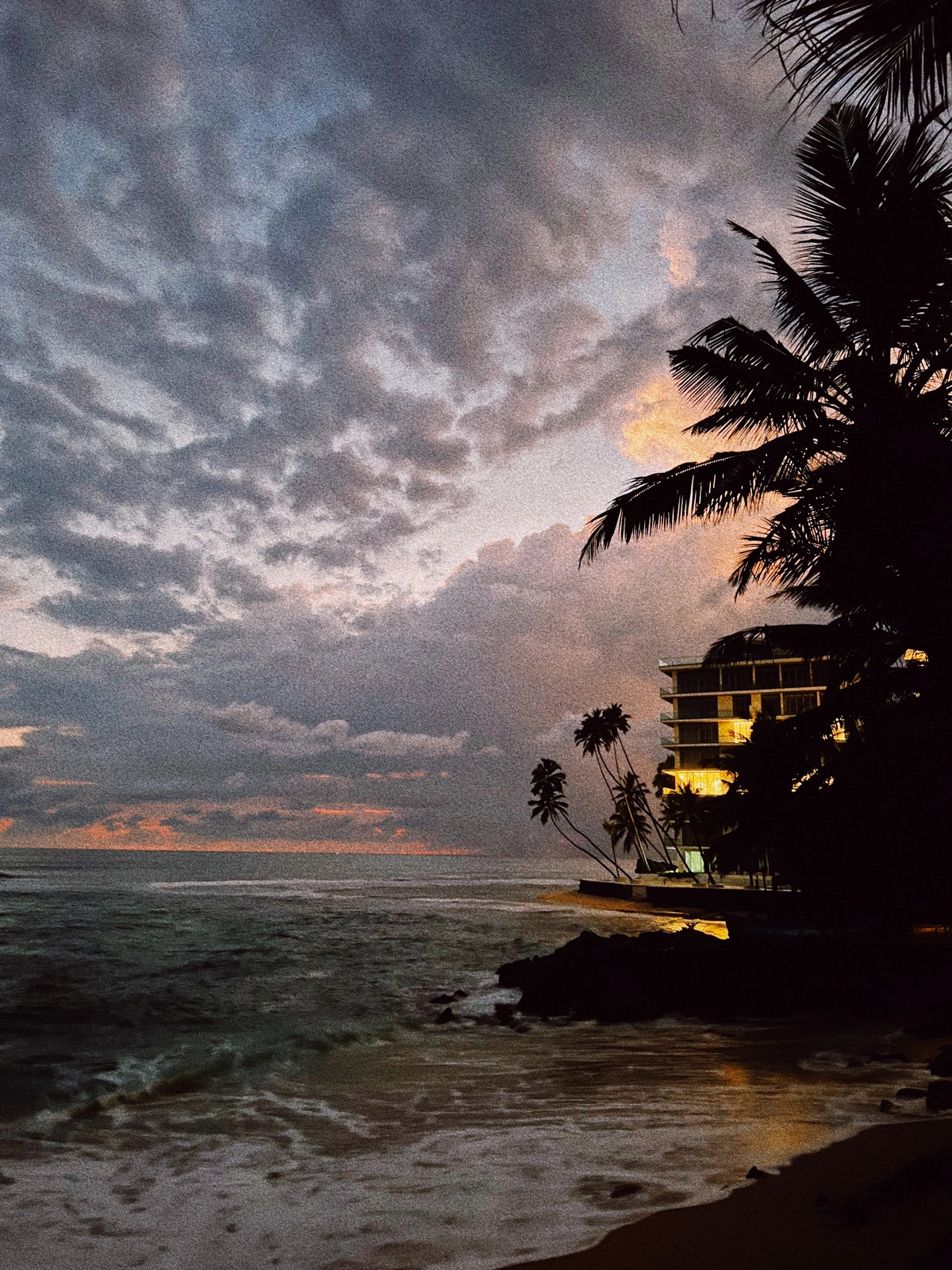
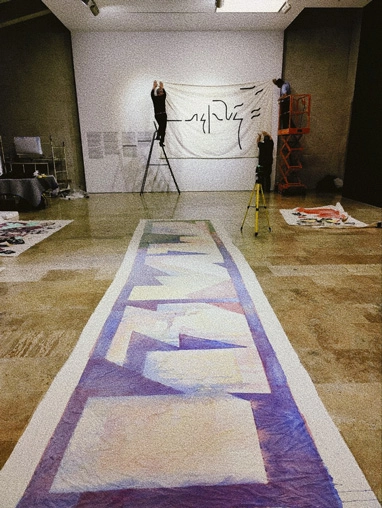
yerevantropics
✦
all rights reserved
forever